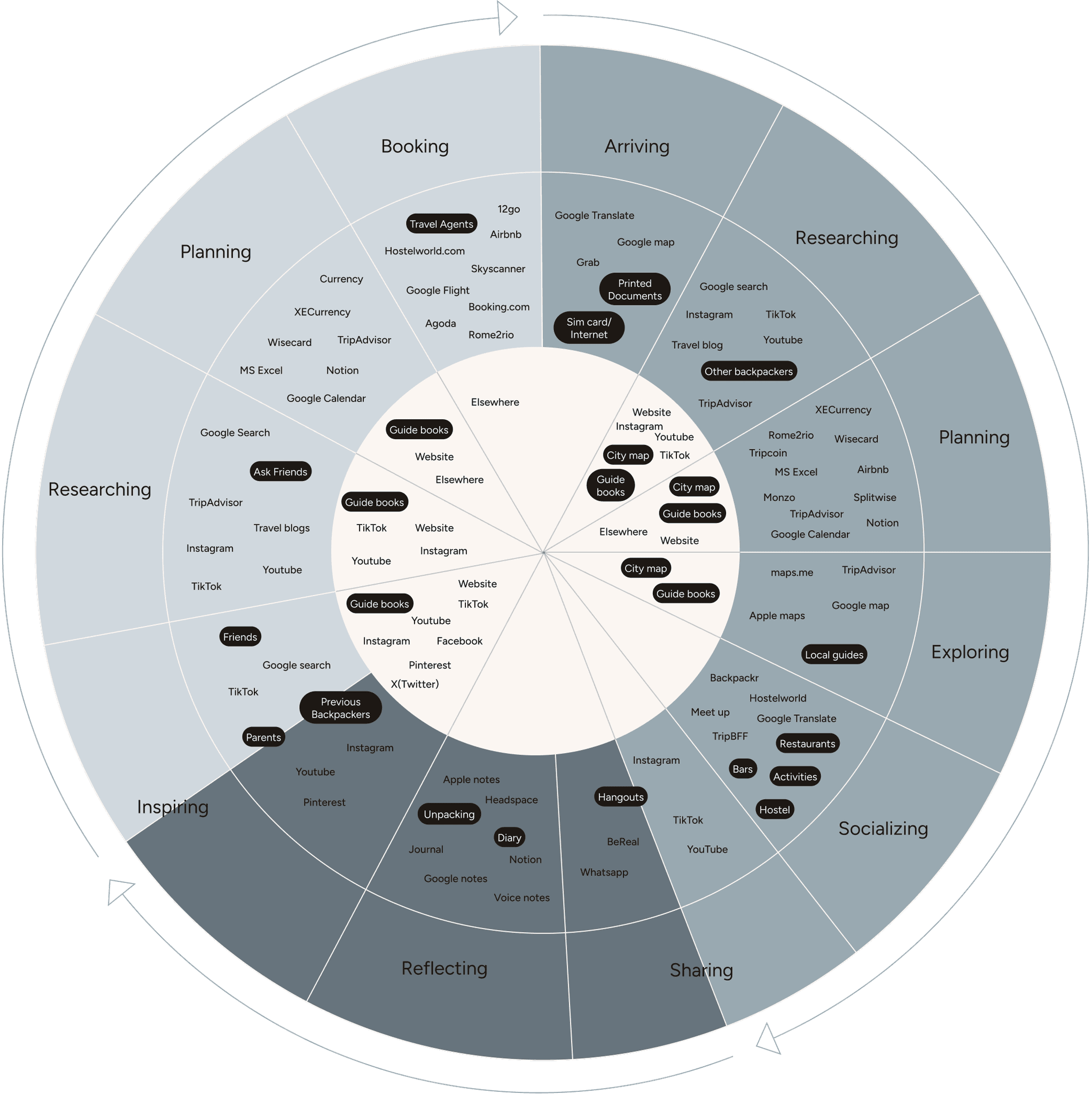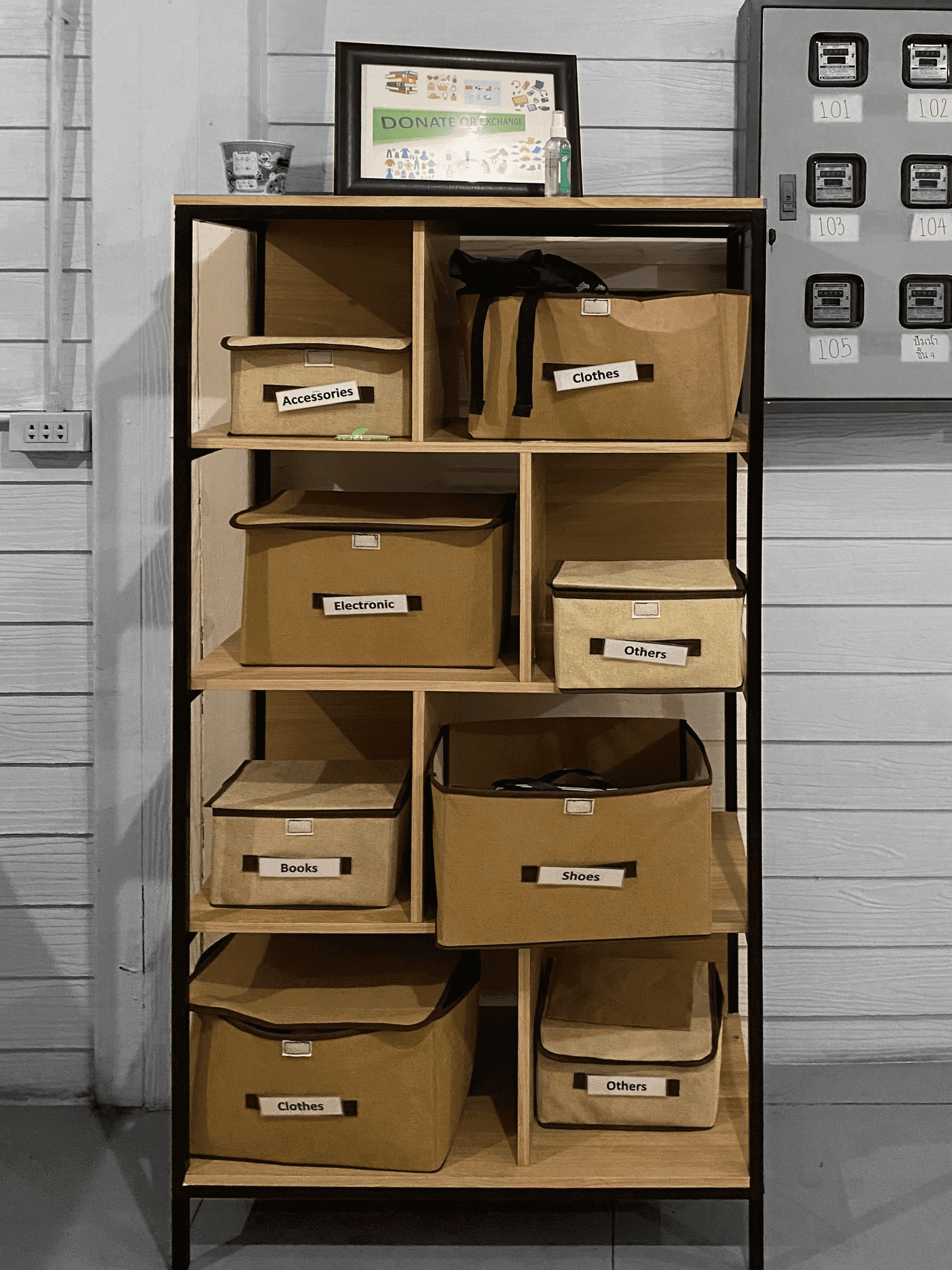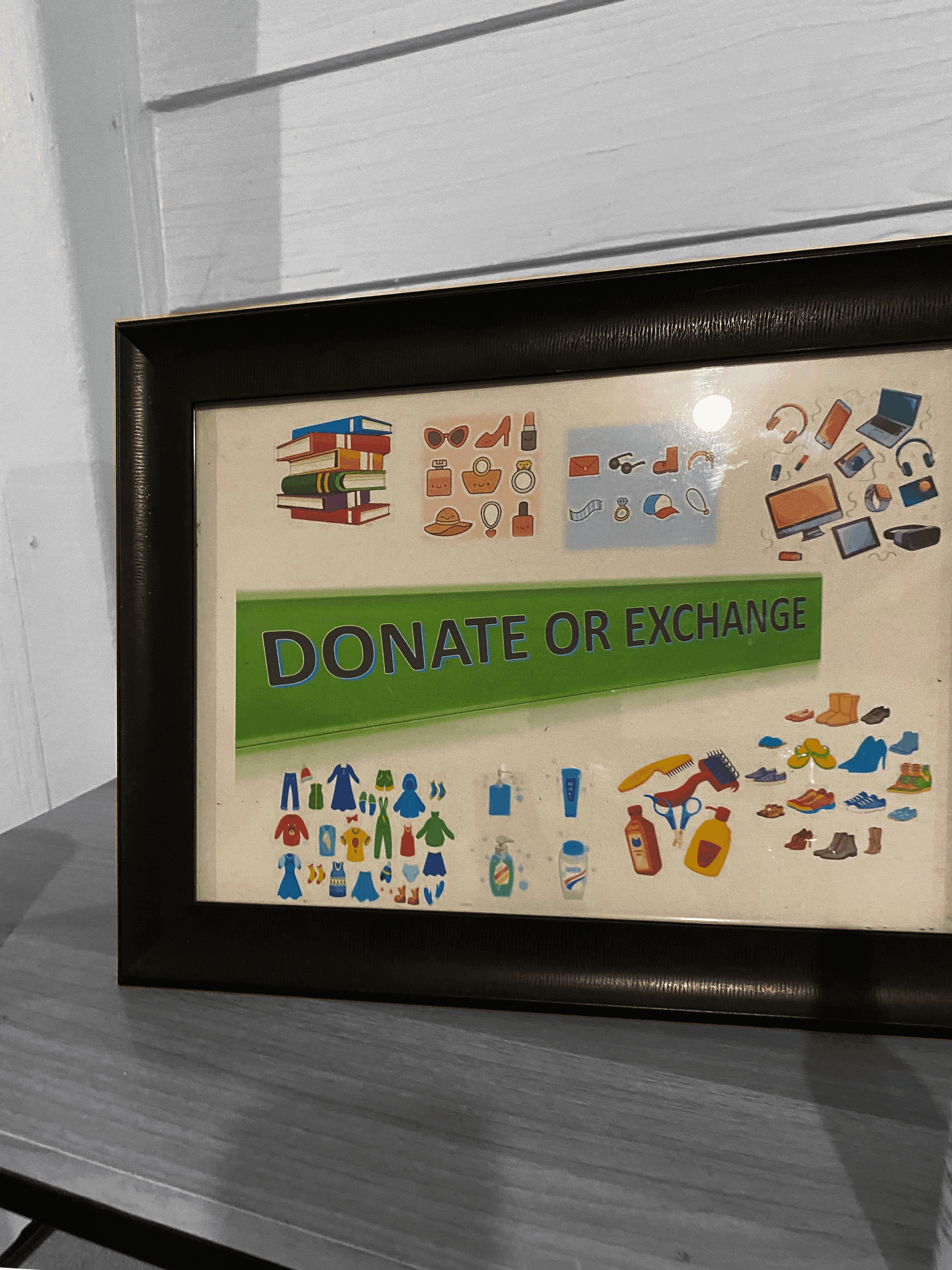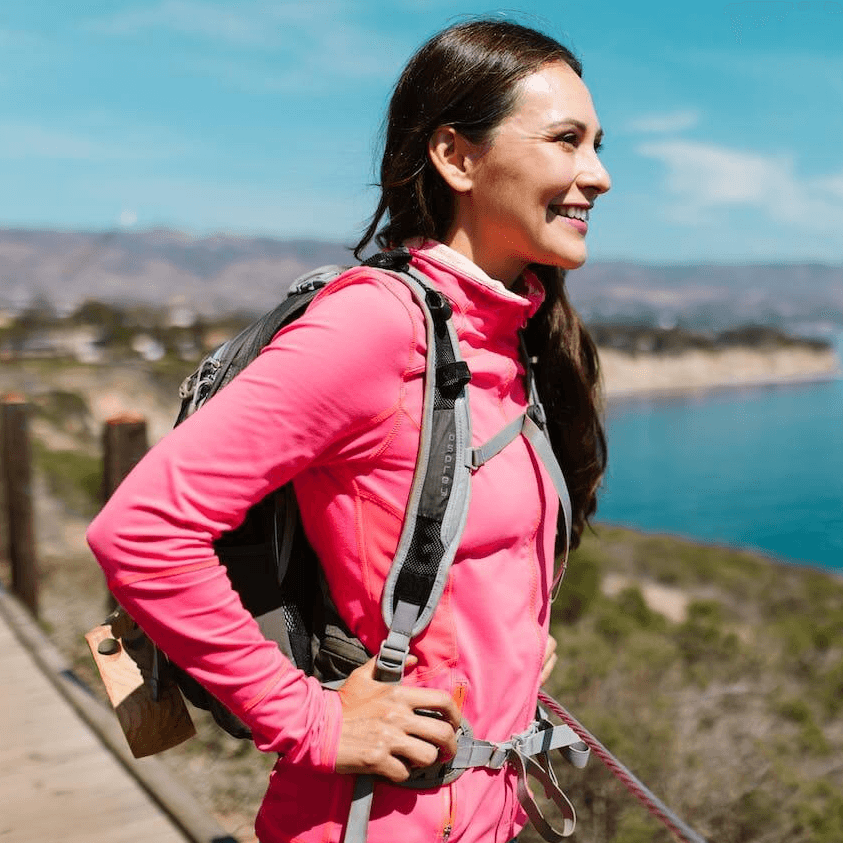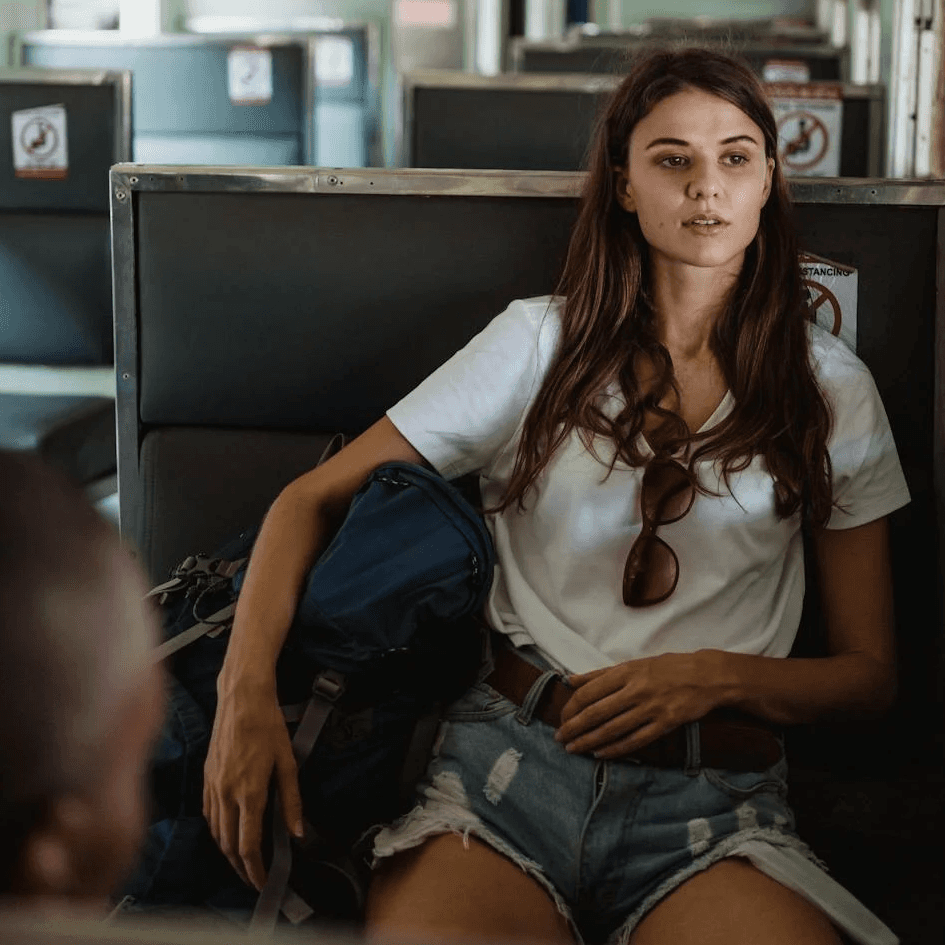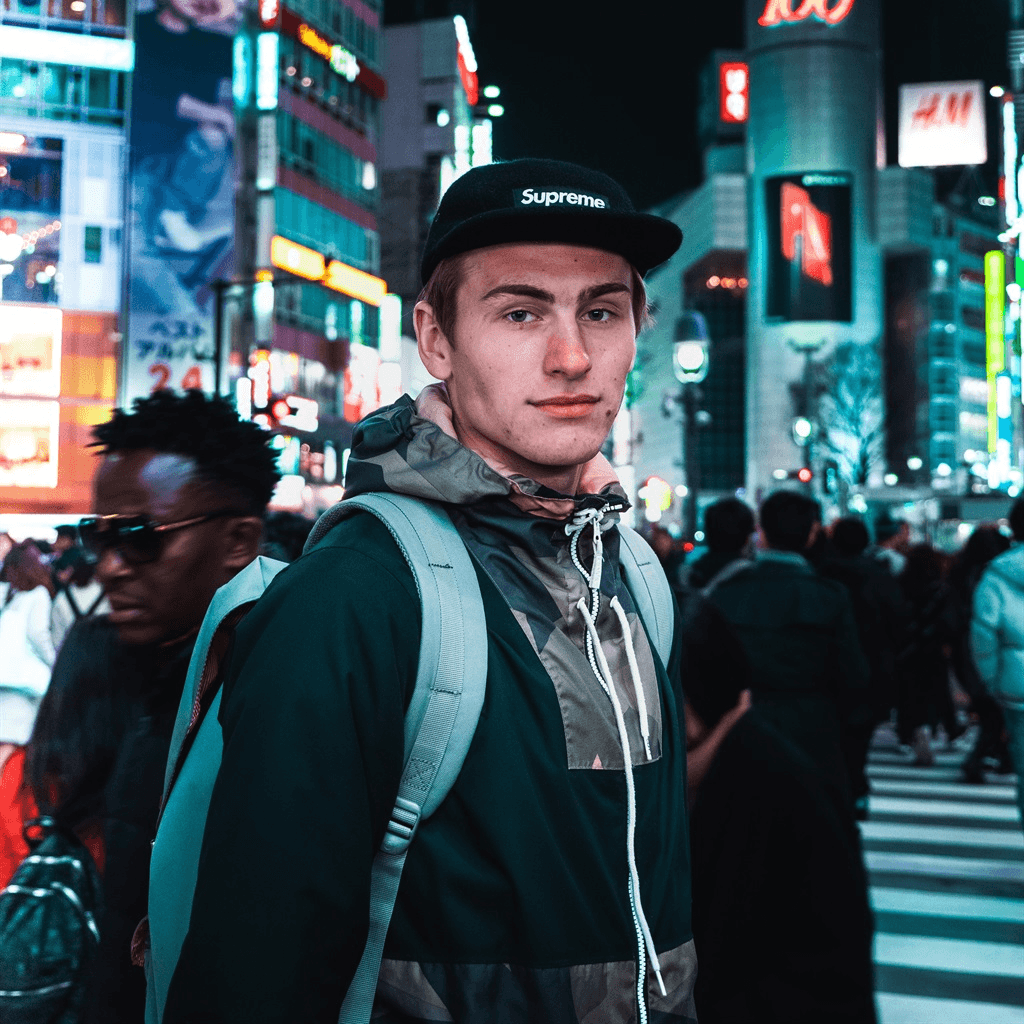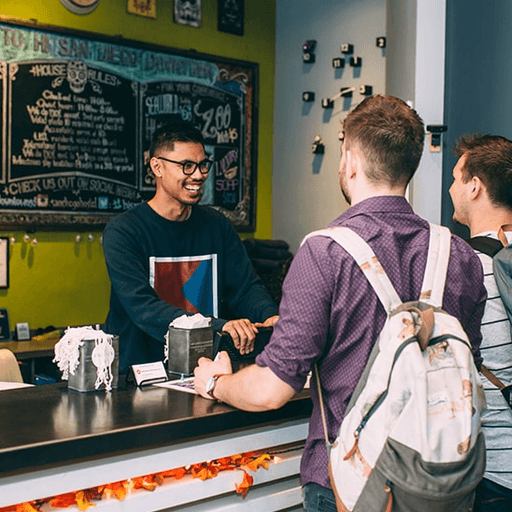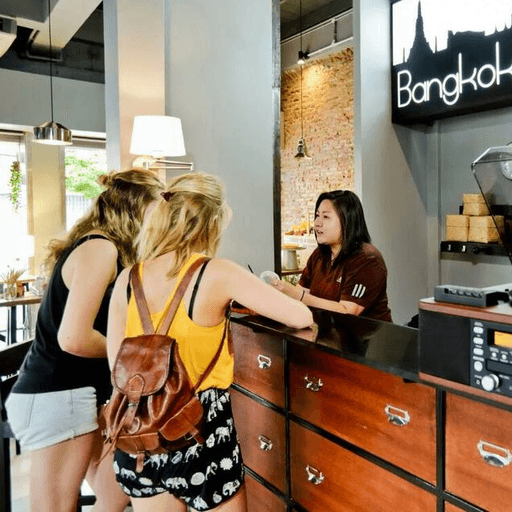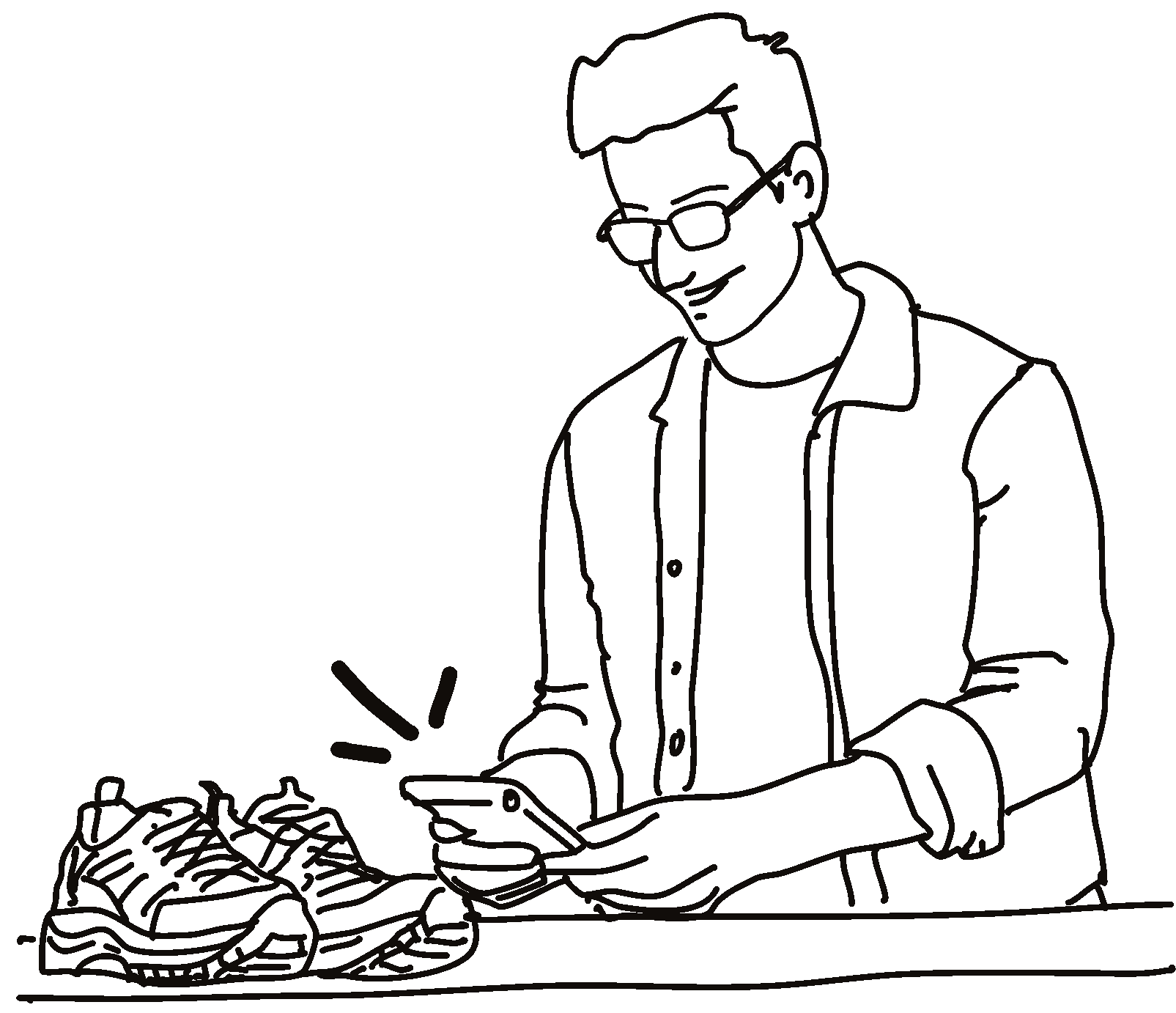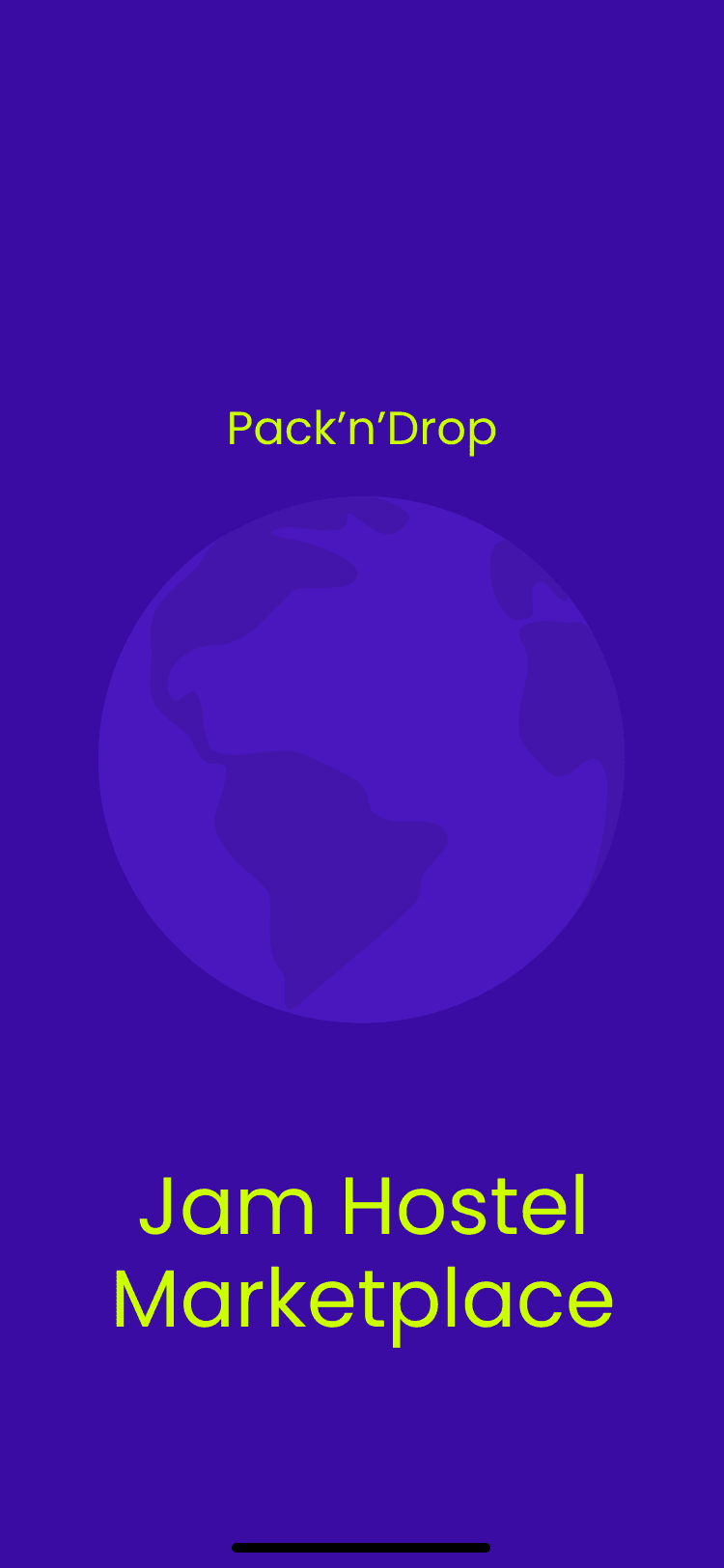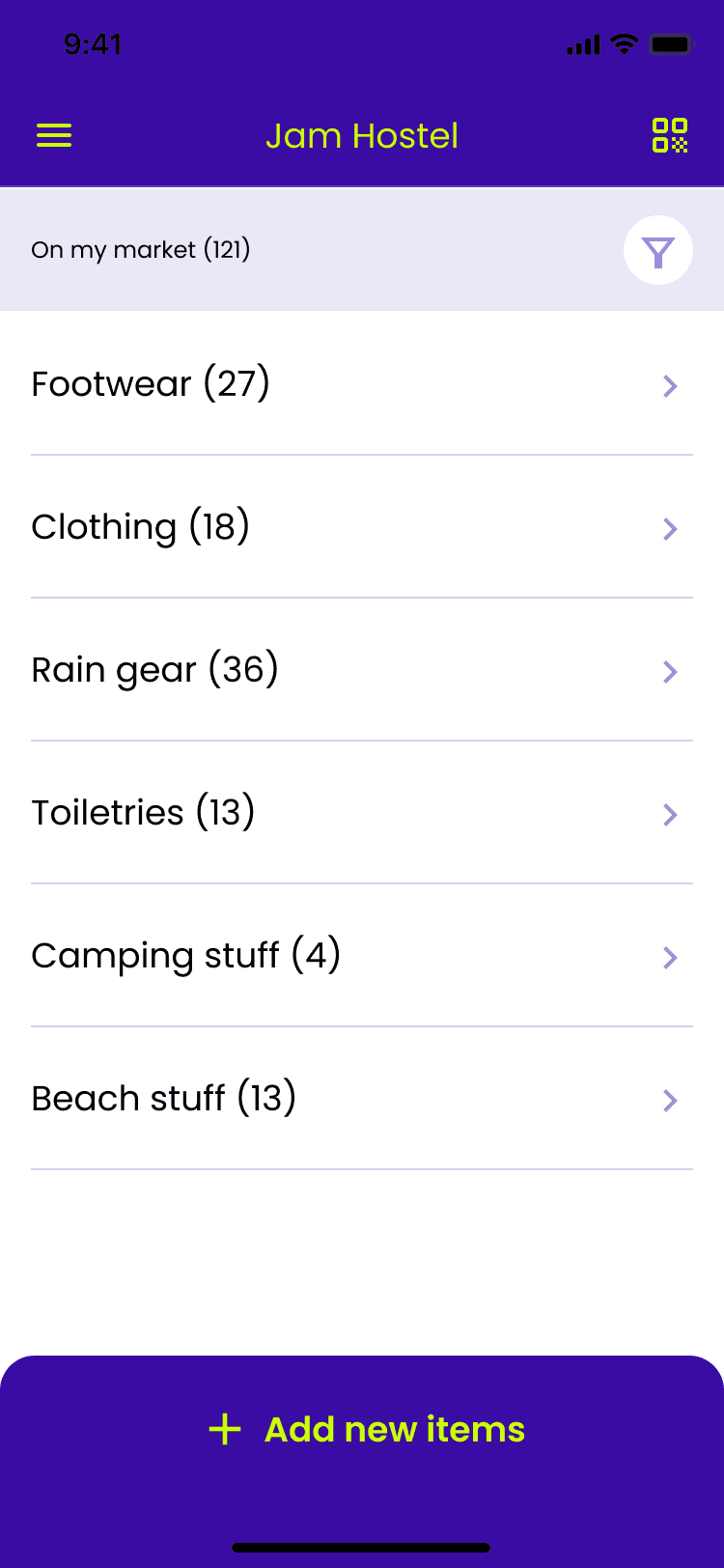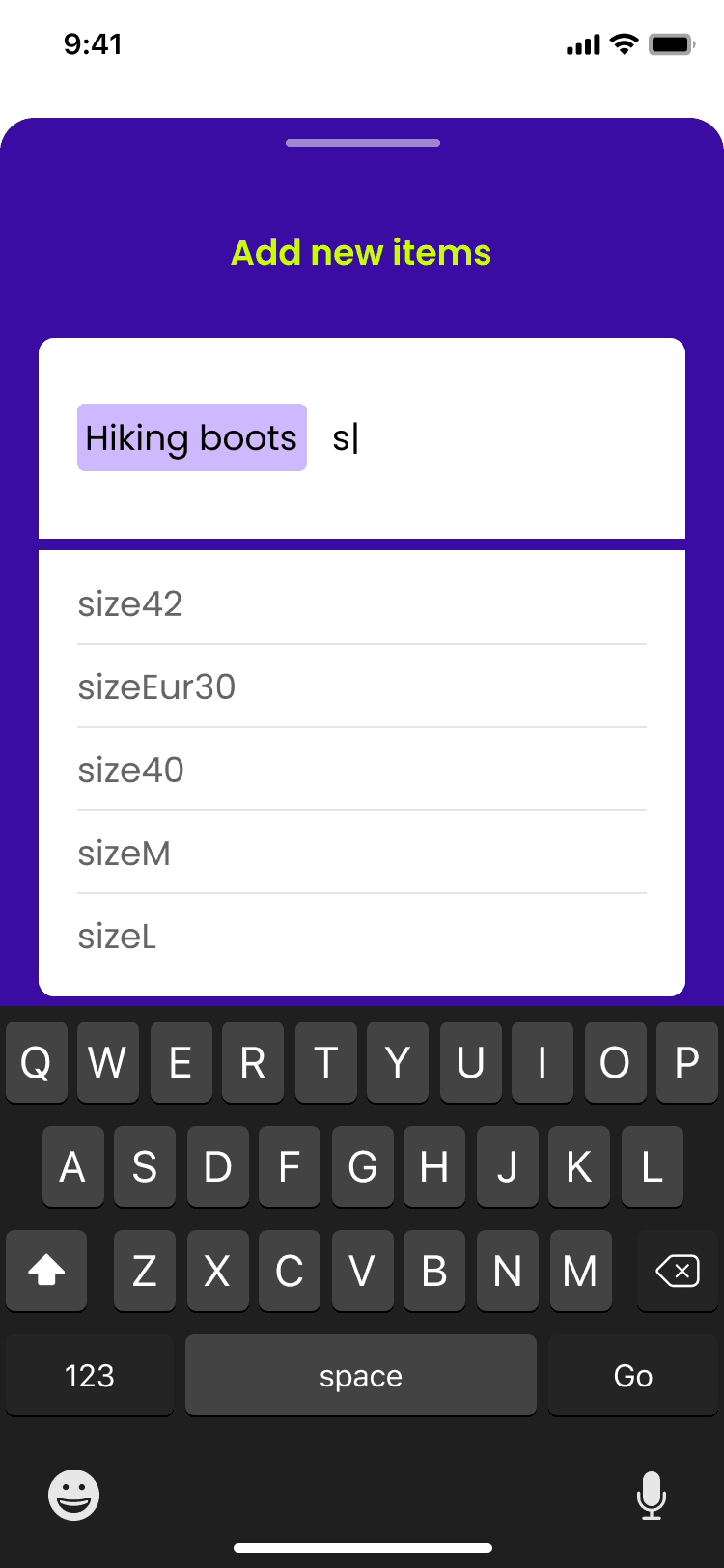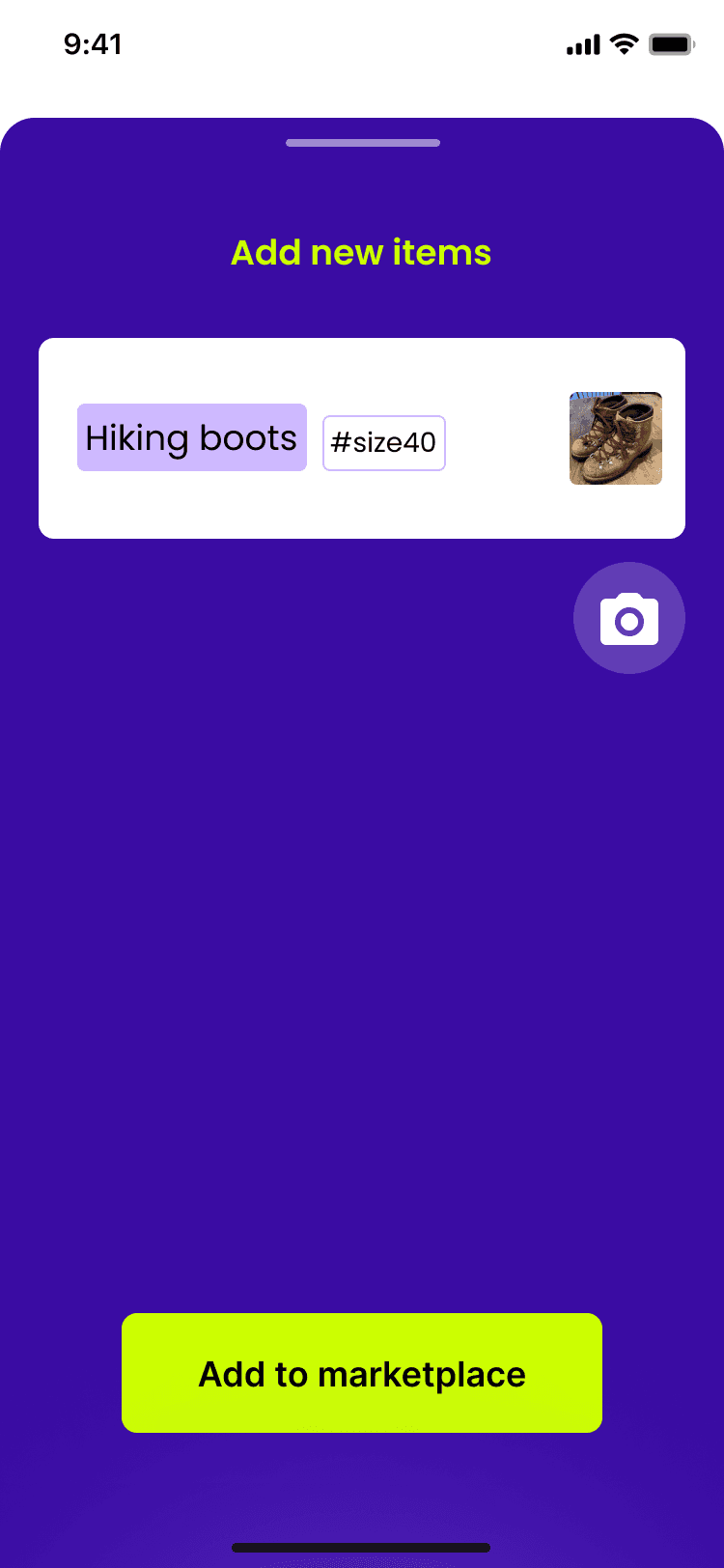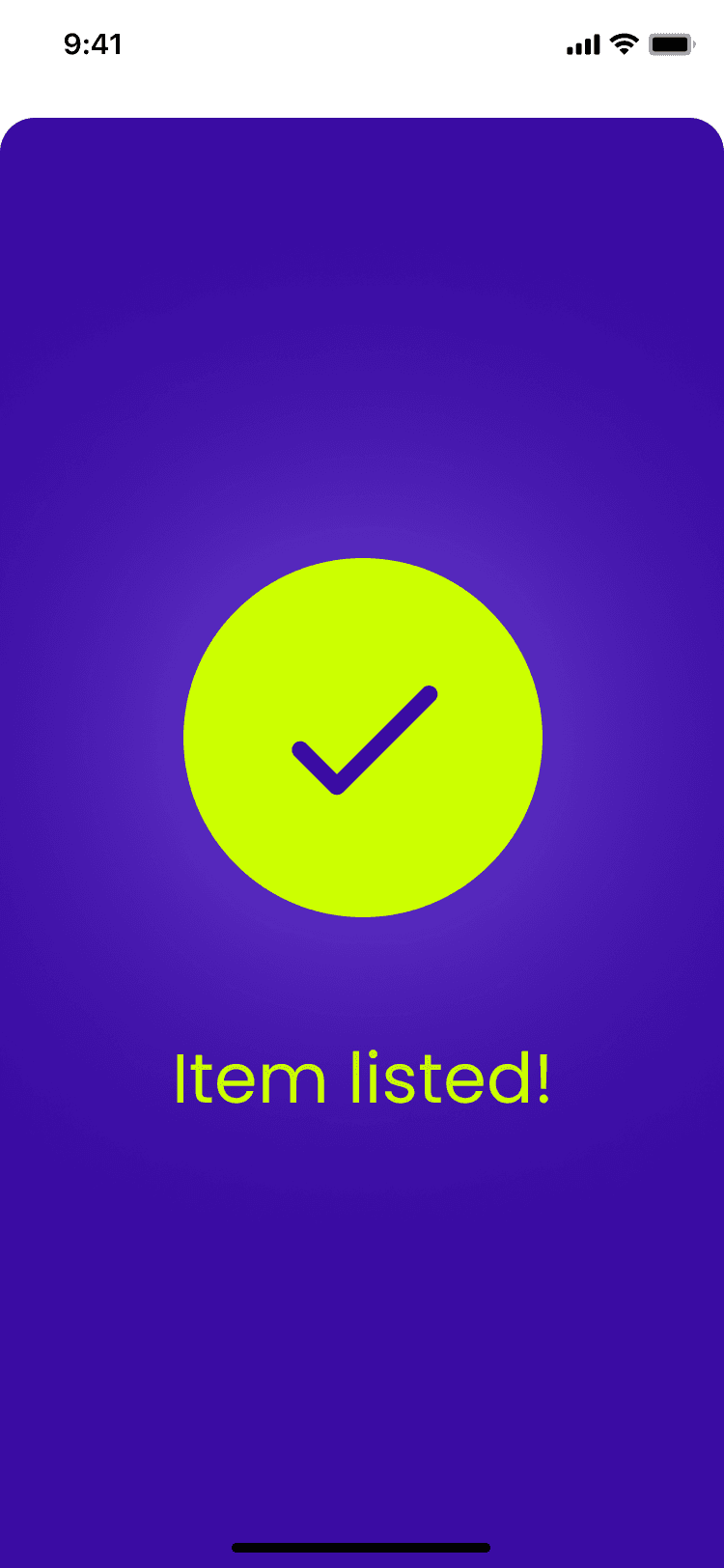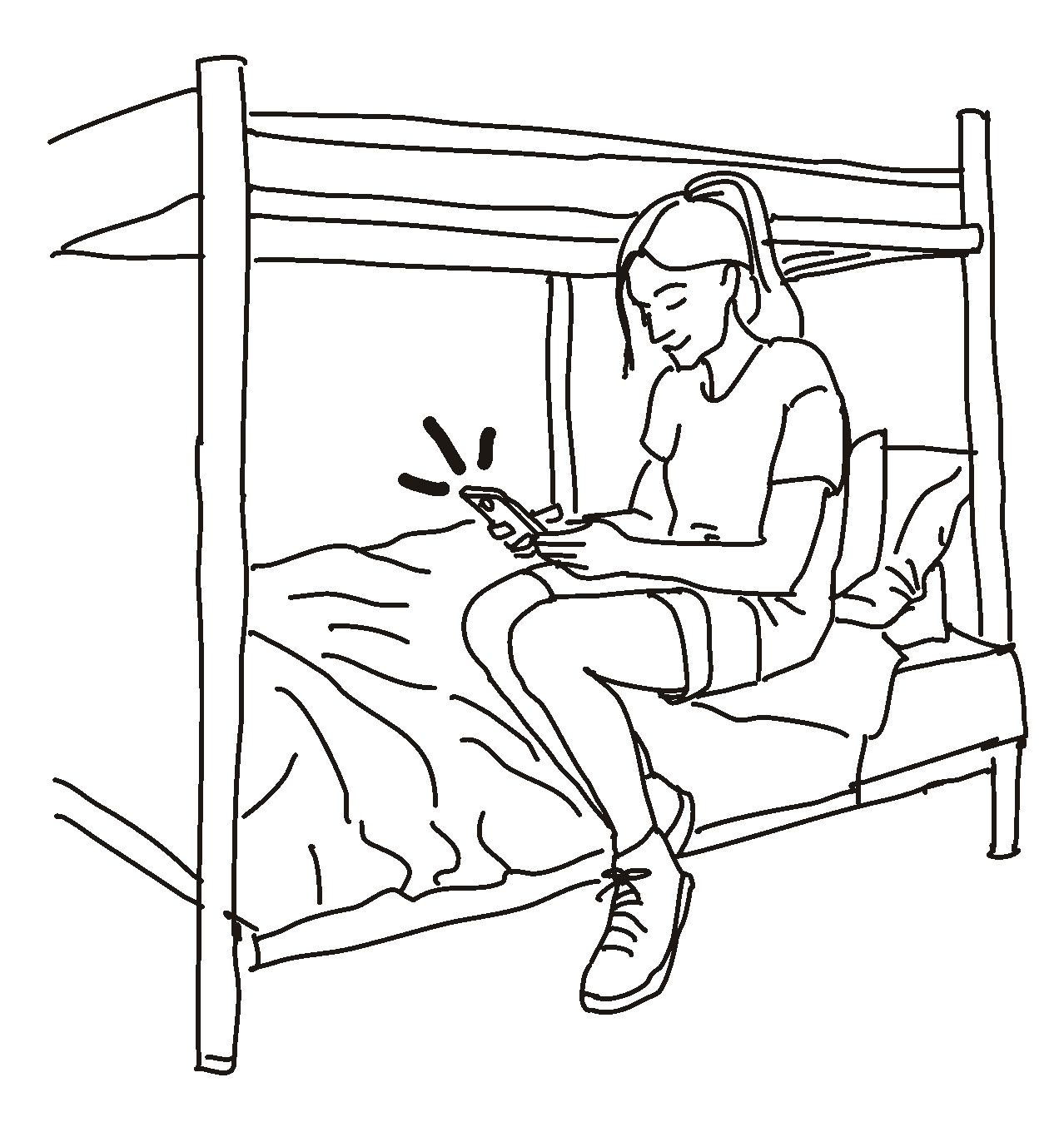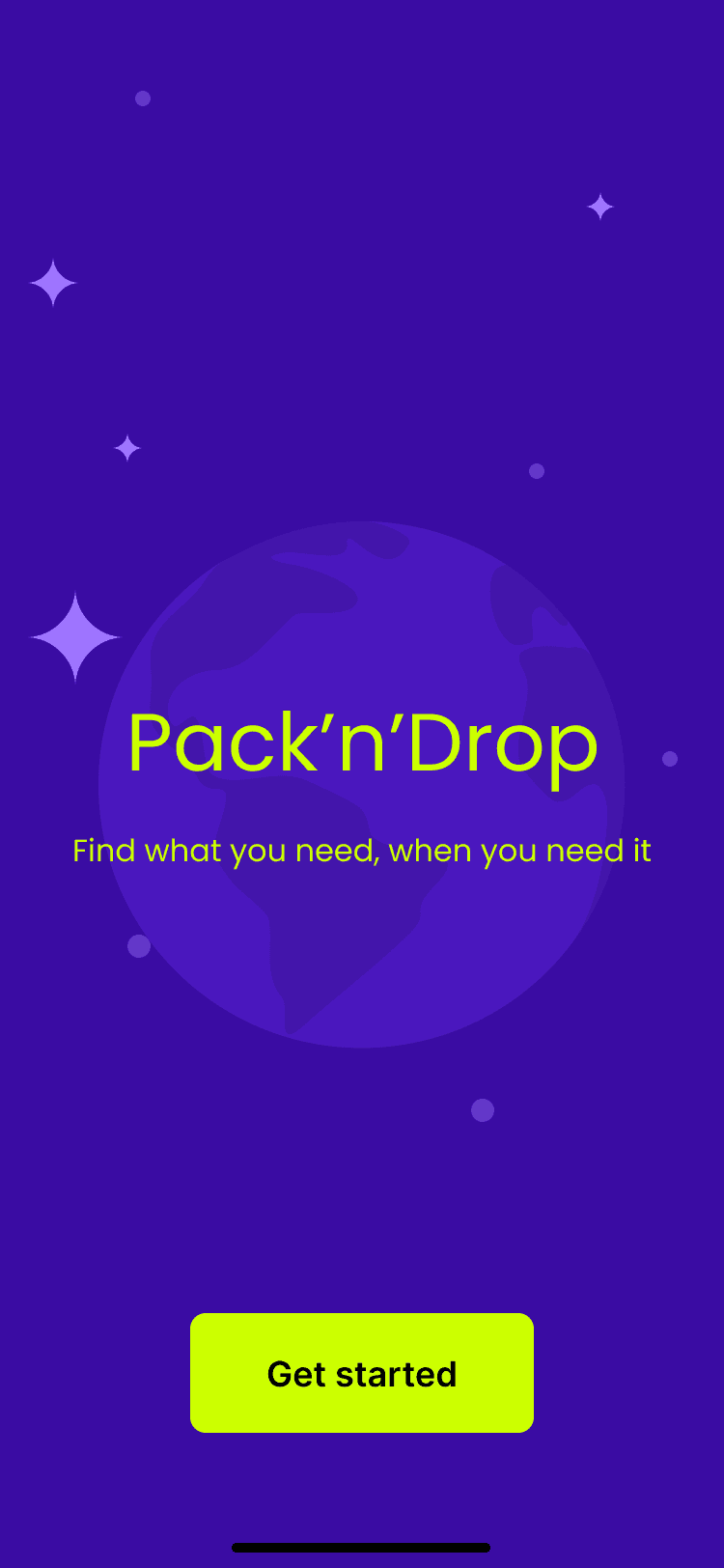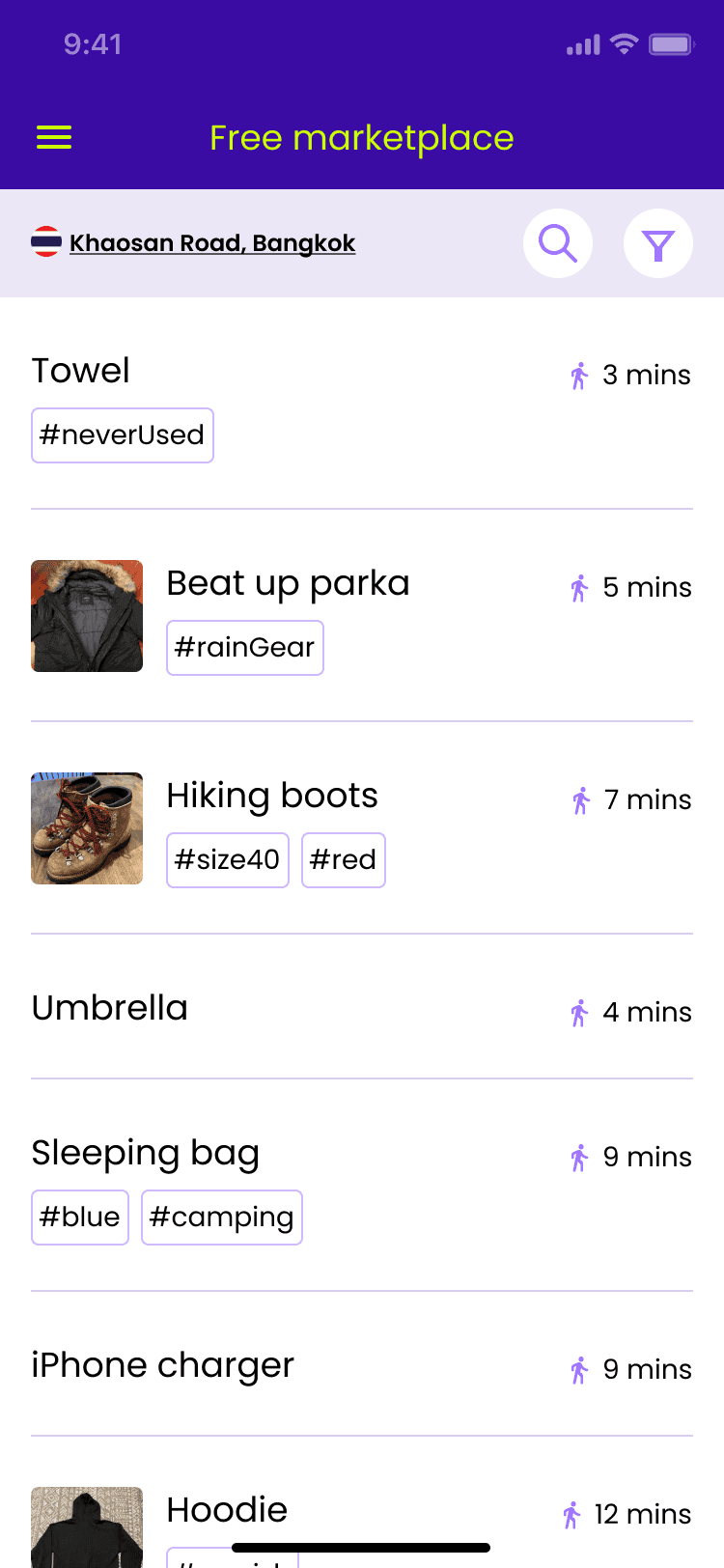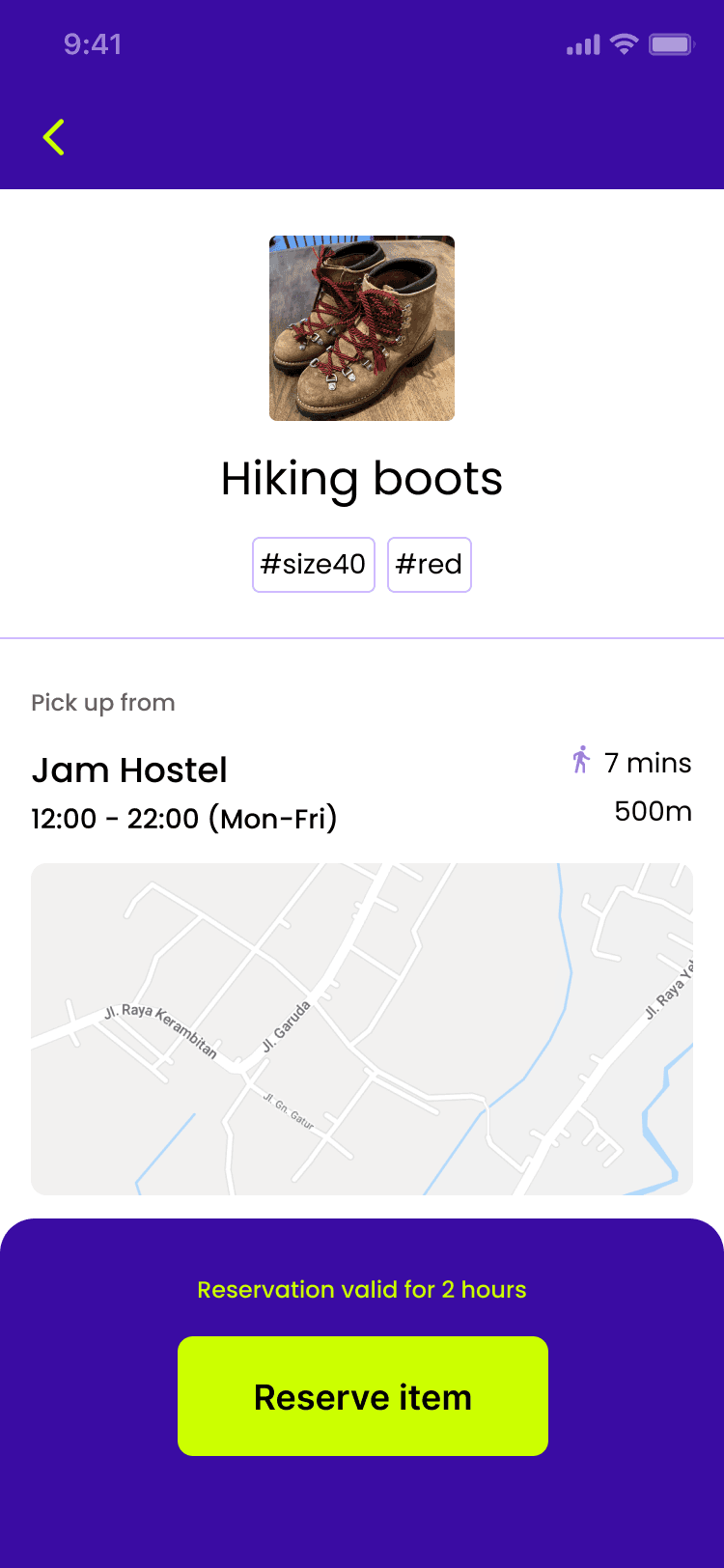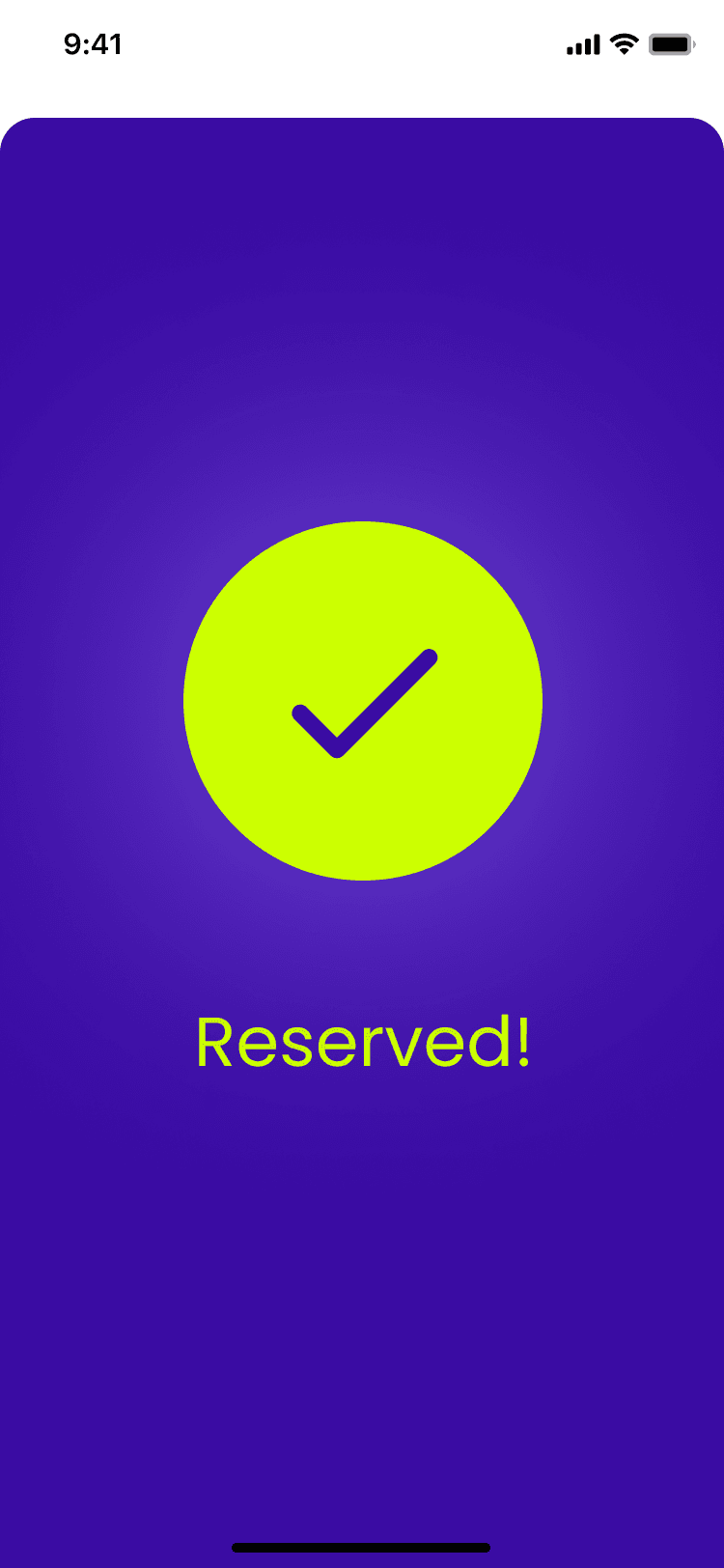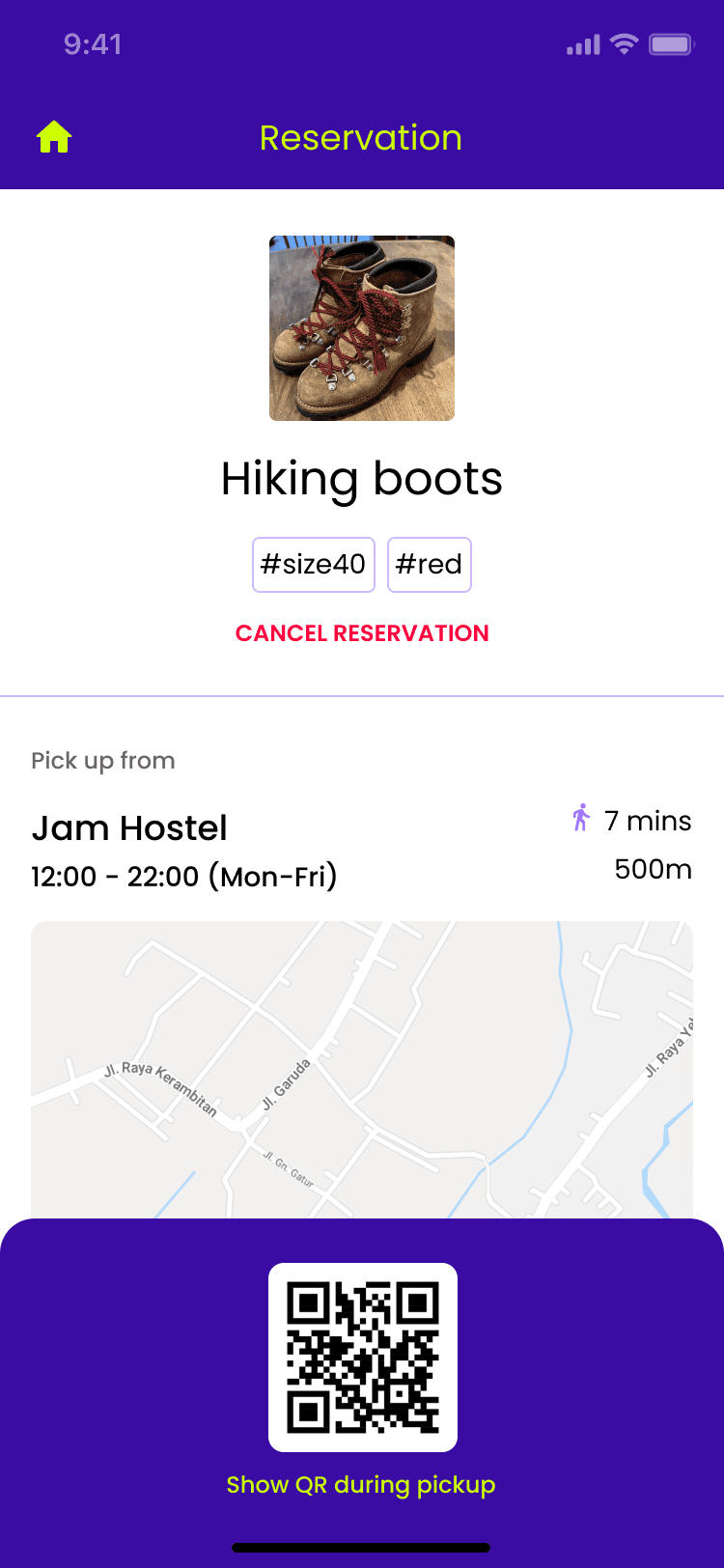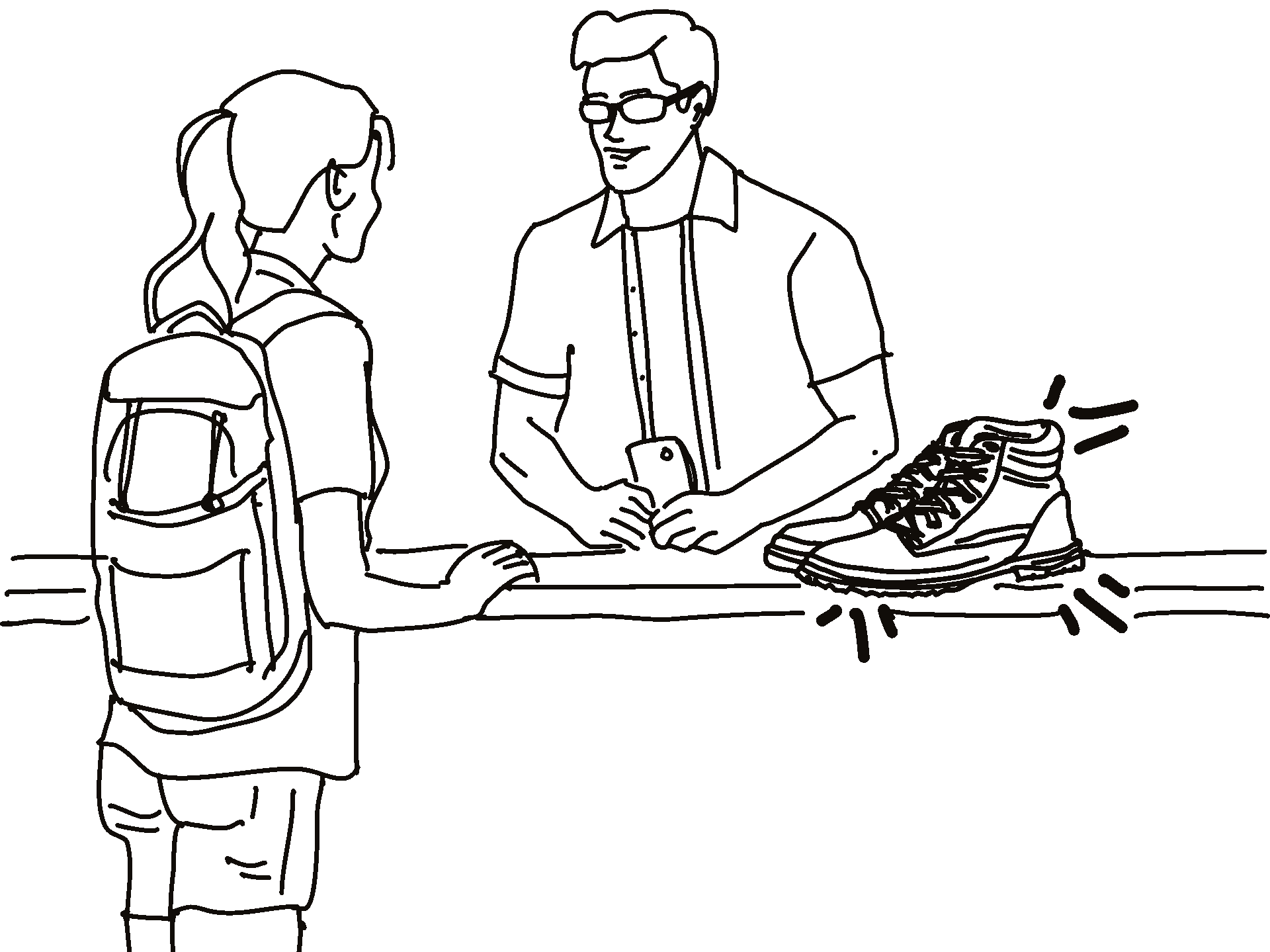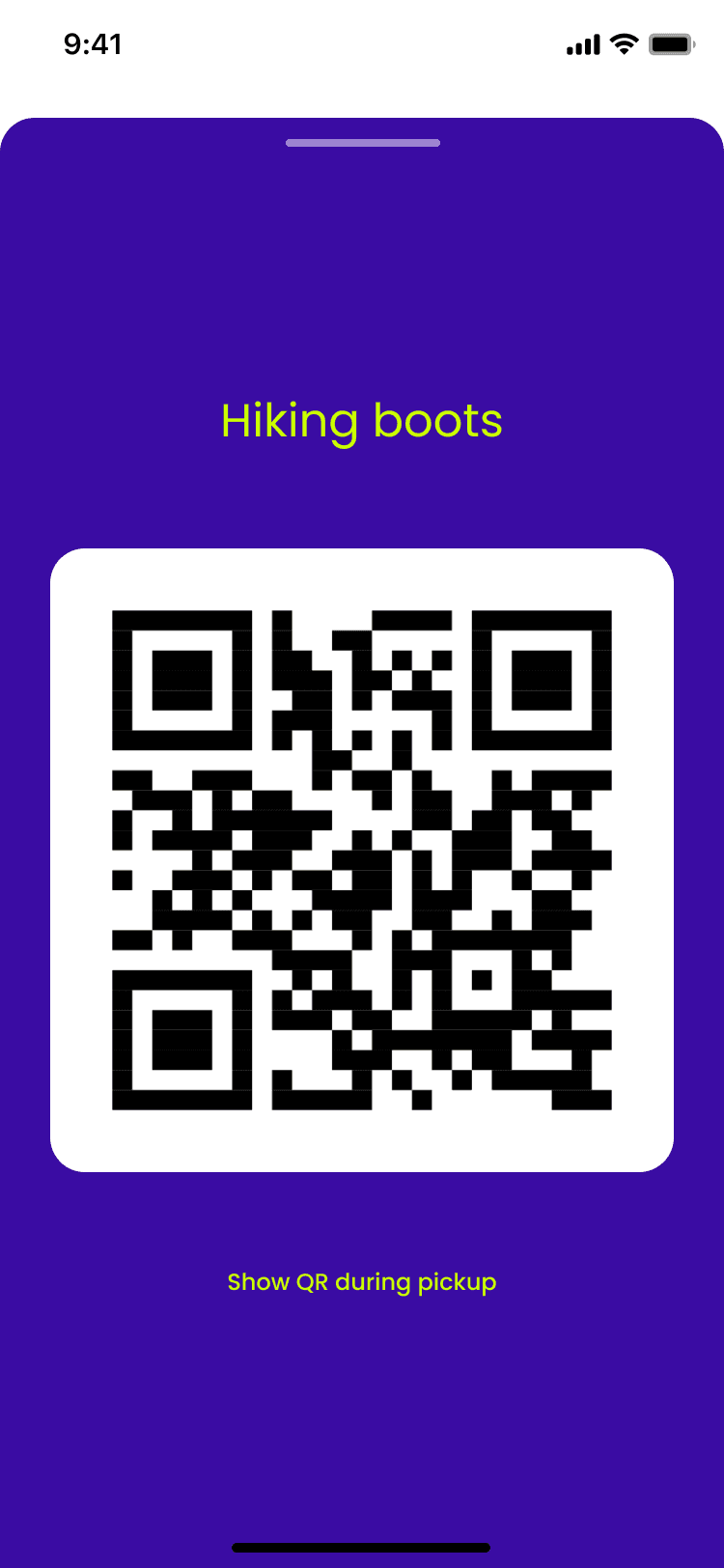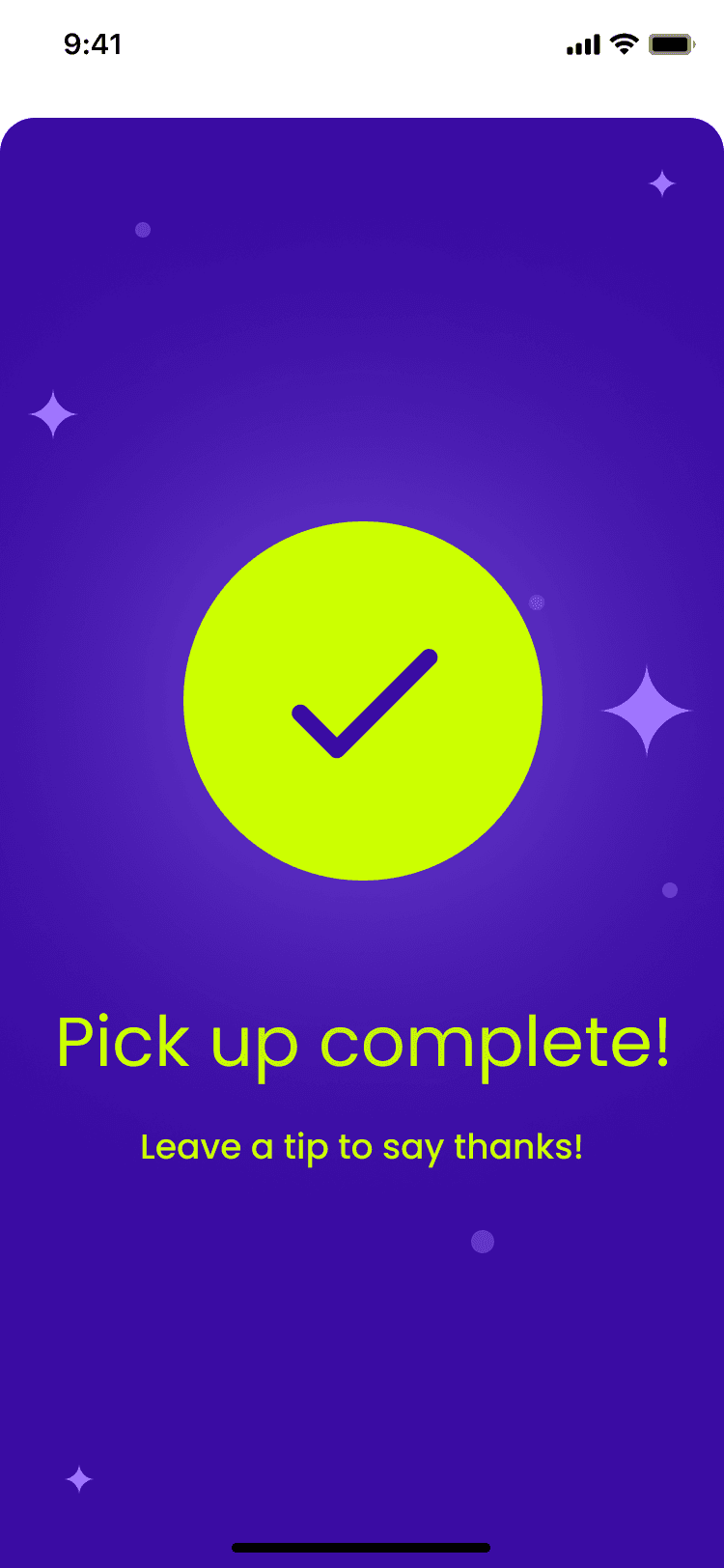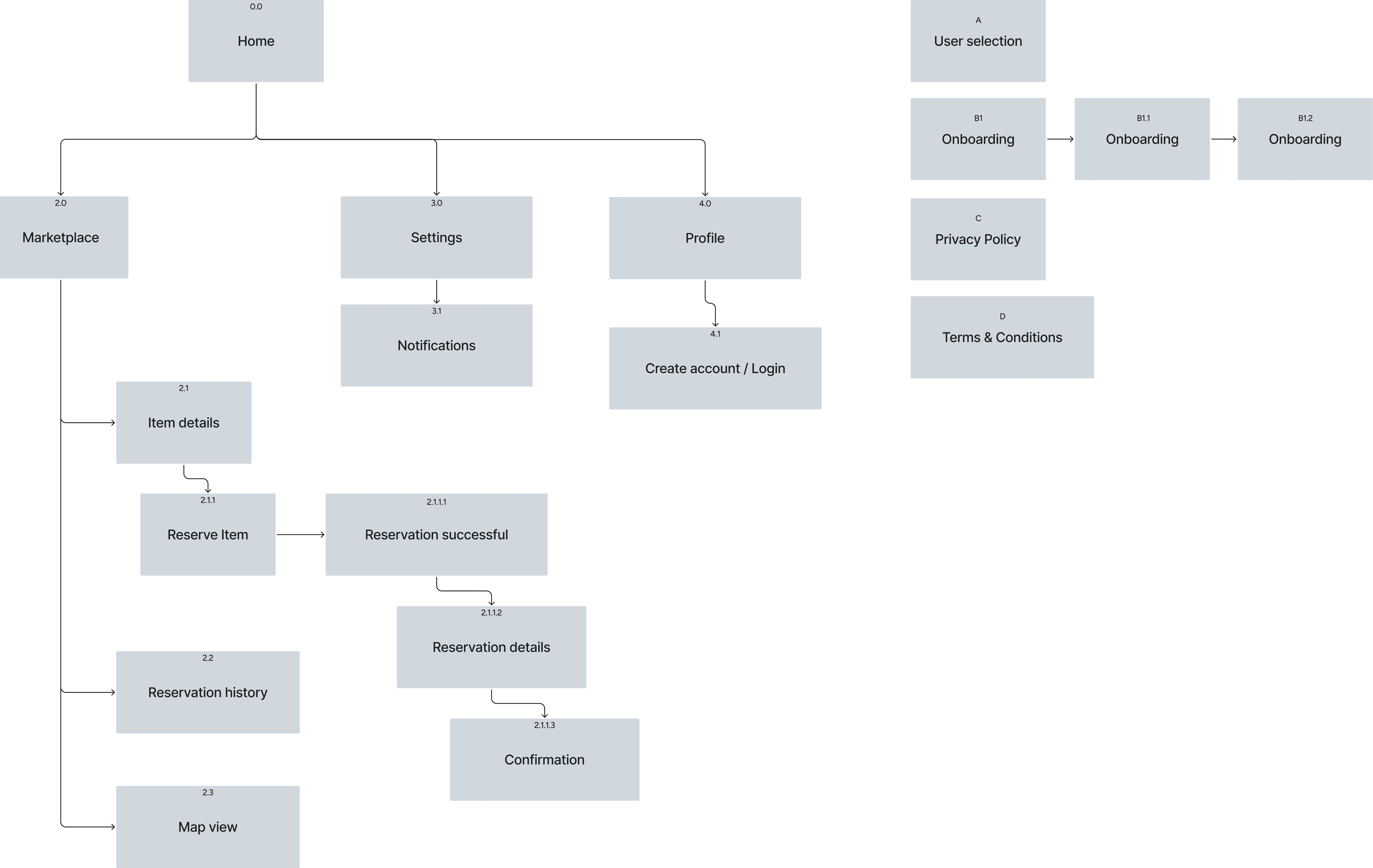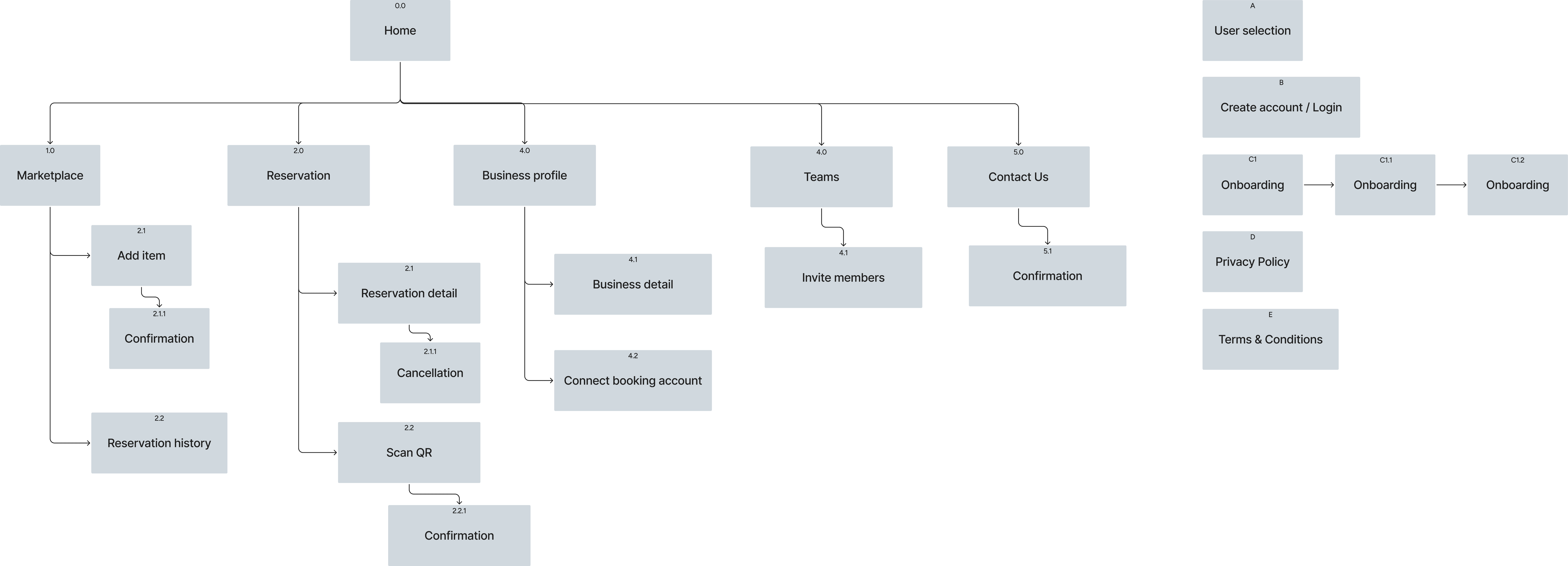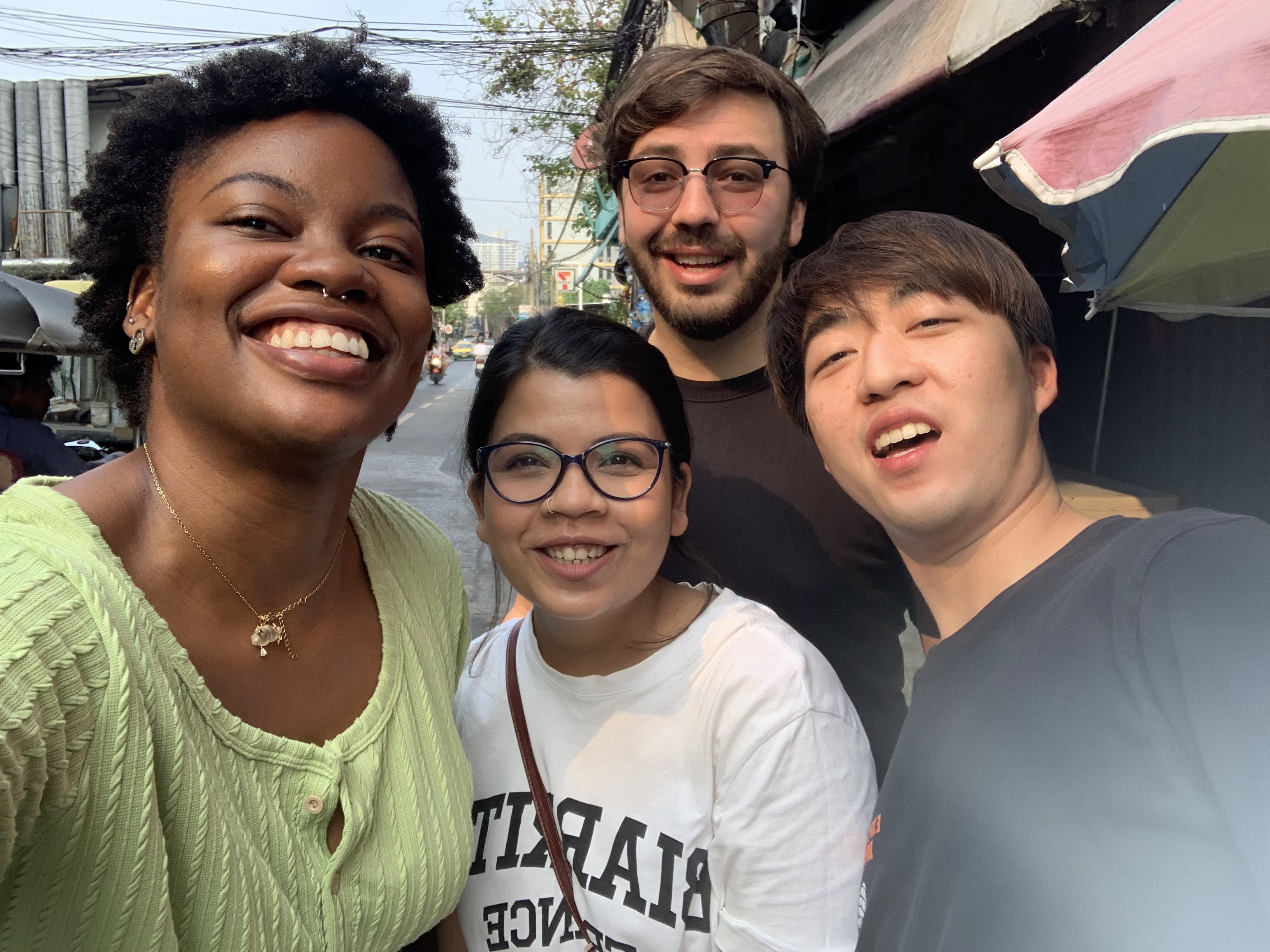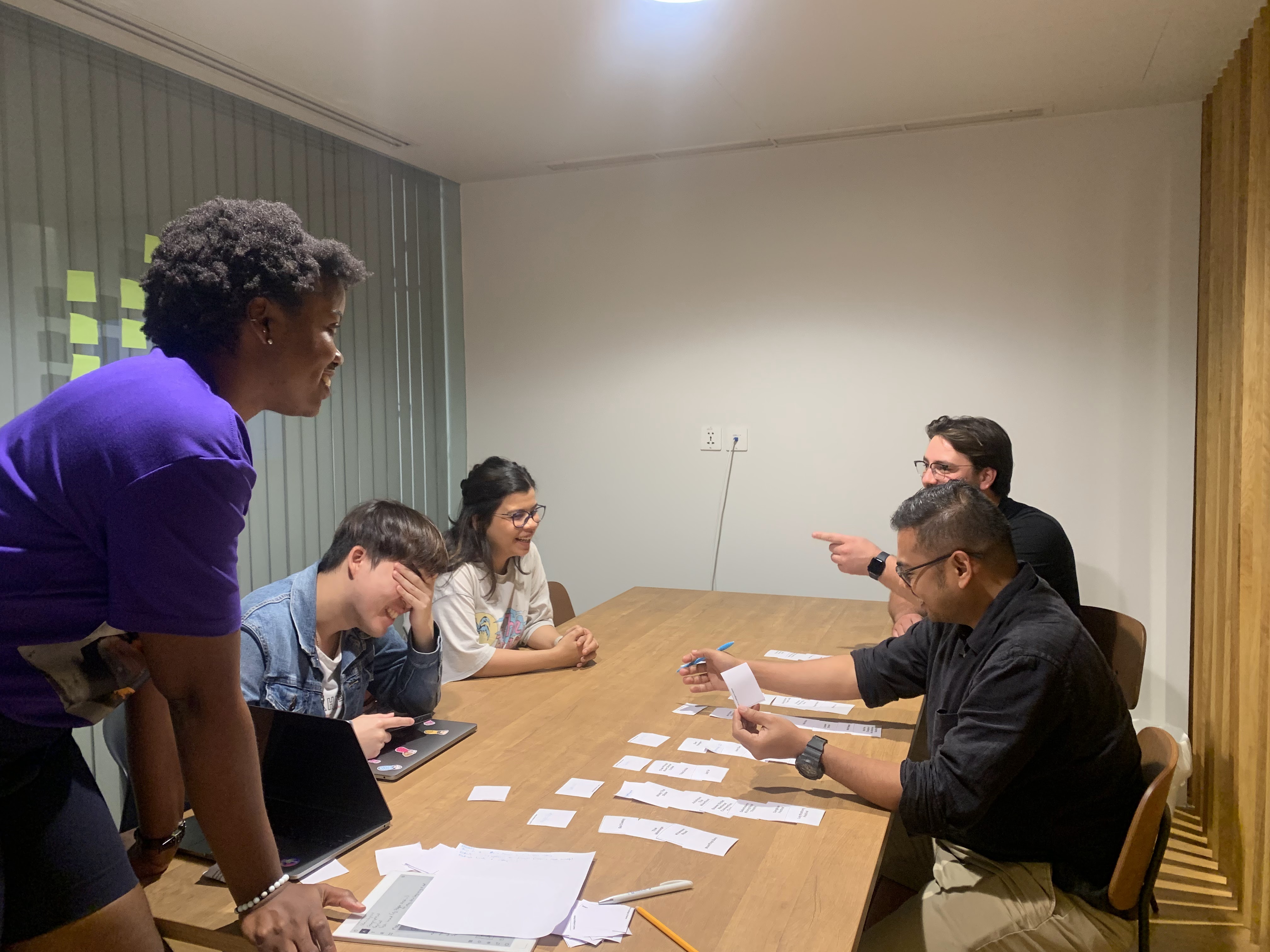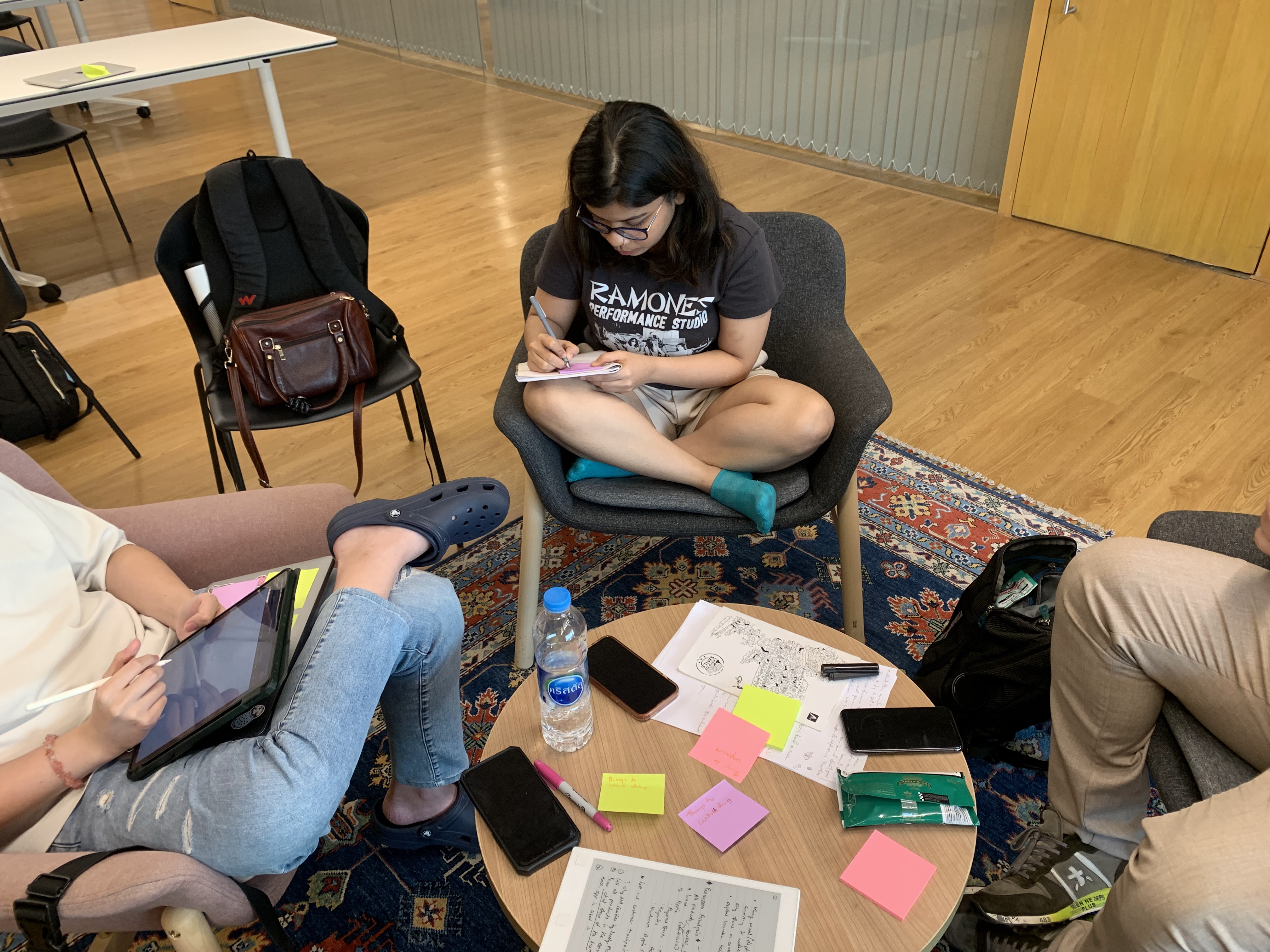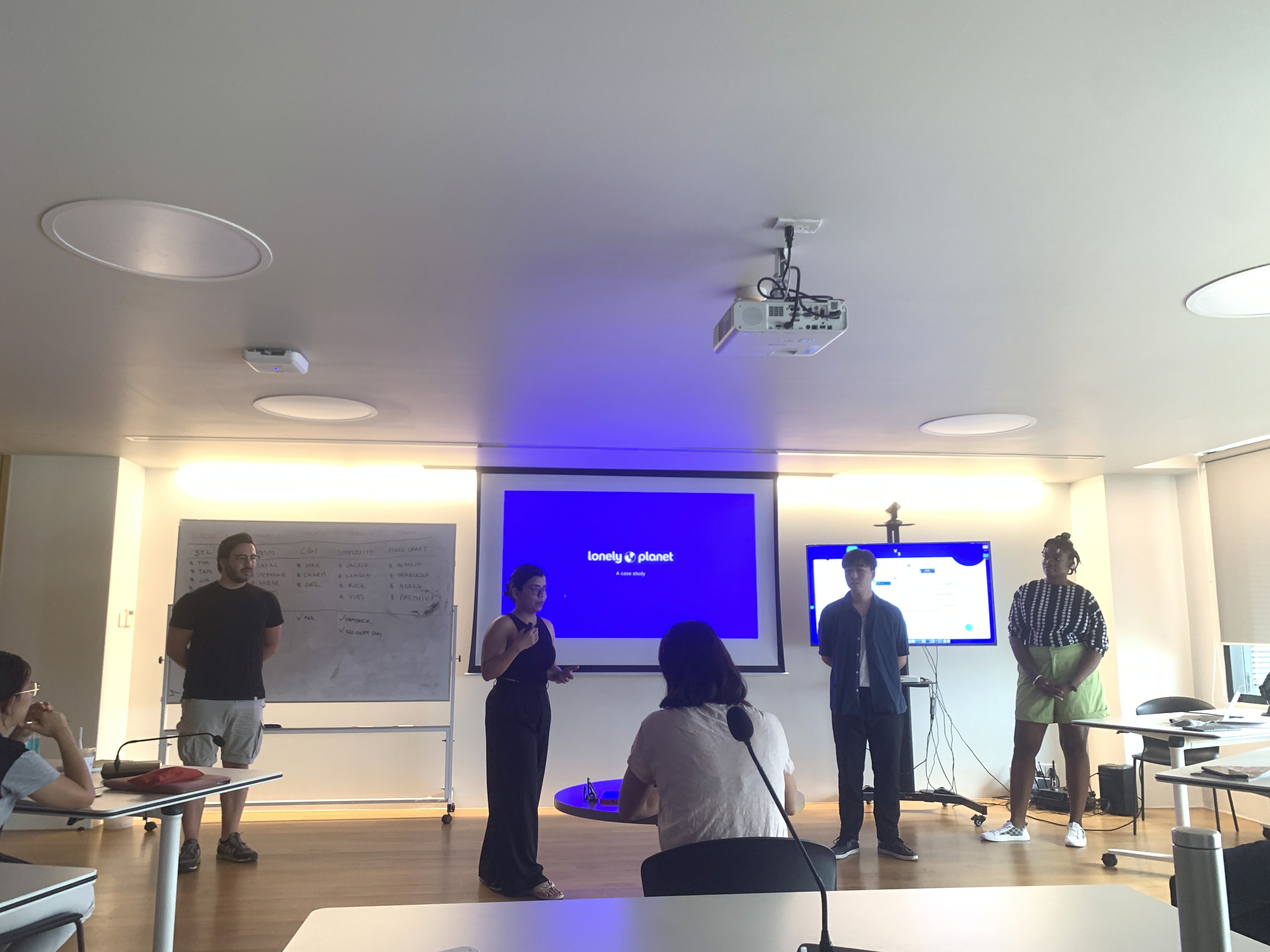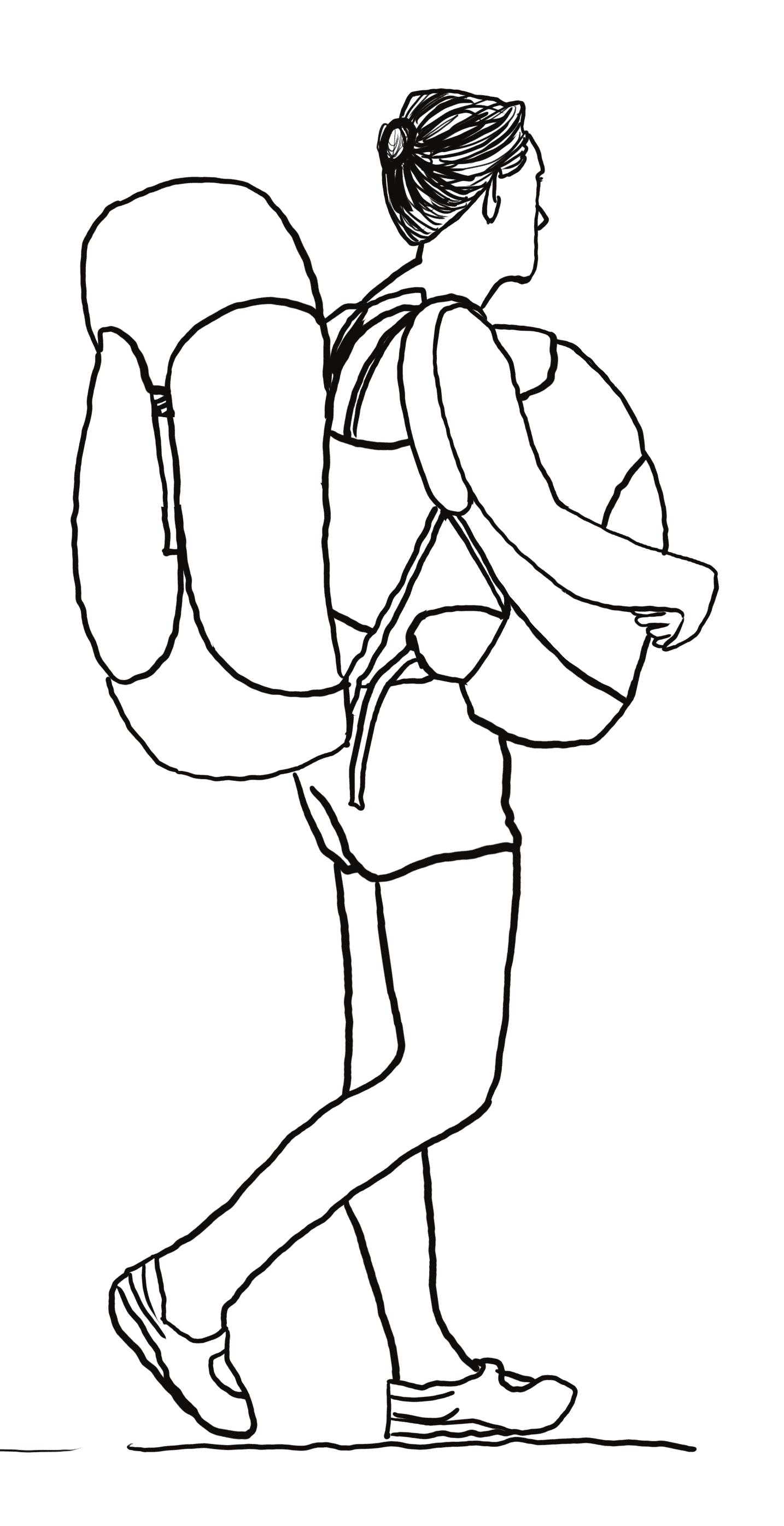
Pack'n'Drop
worked with
Adaku
Aomsin
Francesco
My role
UX research
UI design
Wireframing
timeline
6 weeks
The Ask
To revitalize Lonely Planet and make it relevant again
As part of our school project, we designed a native application for Lonely Planet aimed at catering to Gen Z backpackers, helping them stretch their budgets while considering their existing travel and spending habits. A primary goal was to revitalize Lonely Planet as a relevant and popular brand in the travel industry.
The problem we set out to solve
Gen Z backpackers often need specific items during their trips
Gen Z backpackers often travel on a tight budget, tend to over or under-pack, and frequently find themselves needing specific items during their trips. They prefer staying in hostels for both budgetary and social reasons. Hostels often have many items left behind by other backpackers who offload to travel light.
Pack'n'drop, helping backpackers:
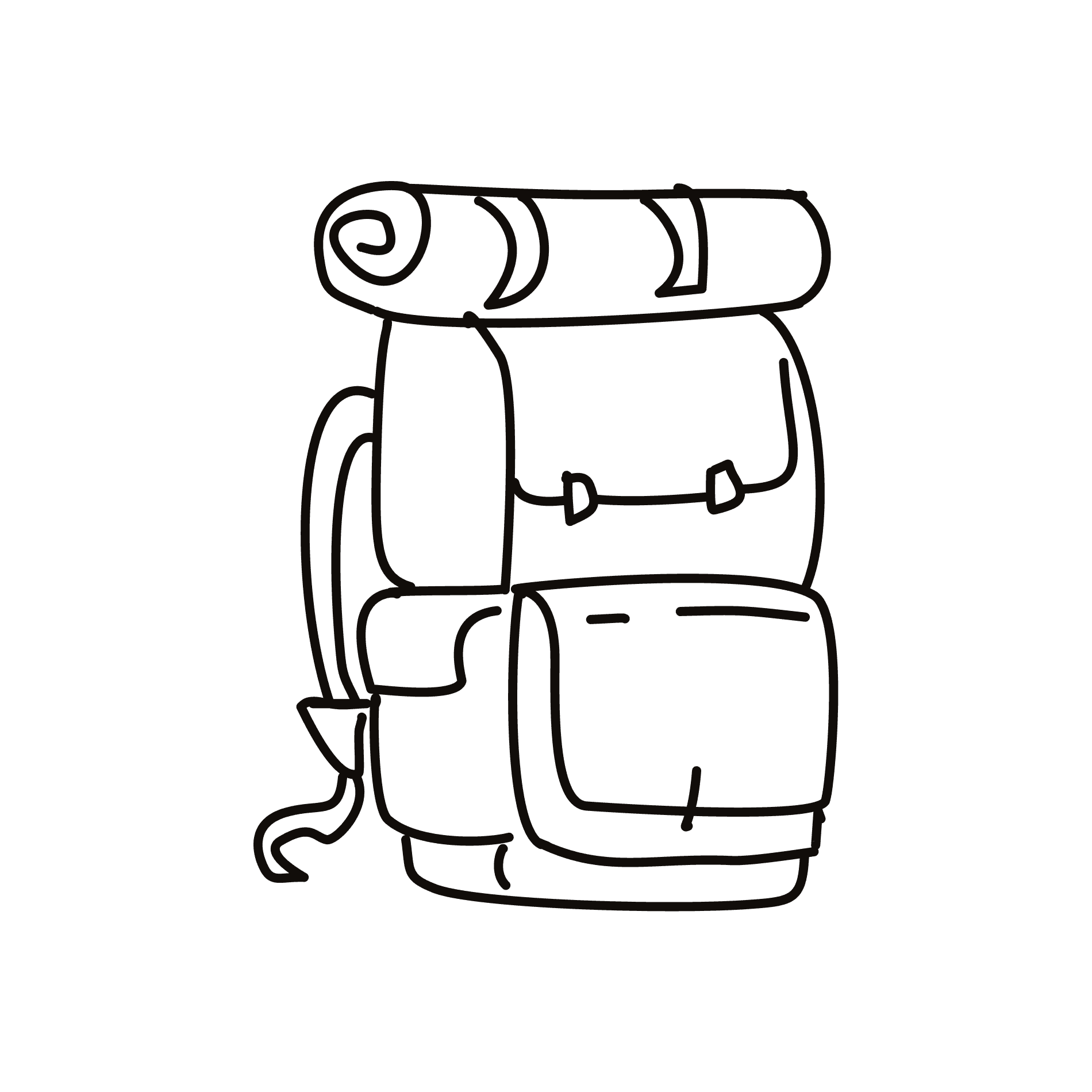
Pack efficiently

Spend on experiences
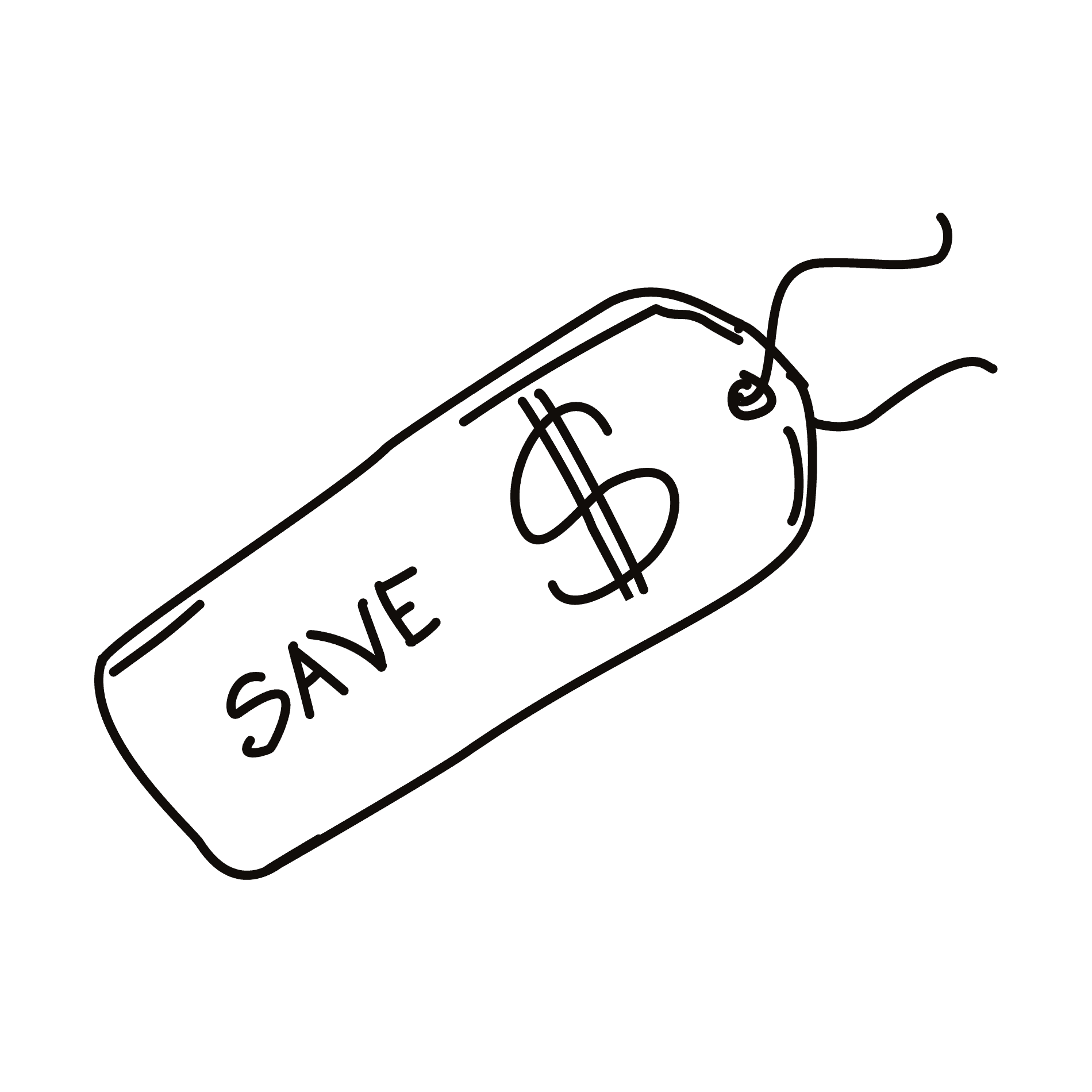
Promote thrifting
Let's look at the research process
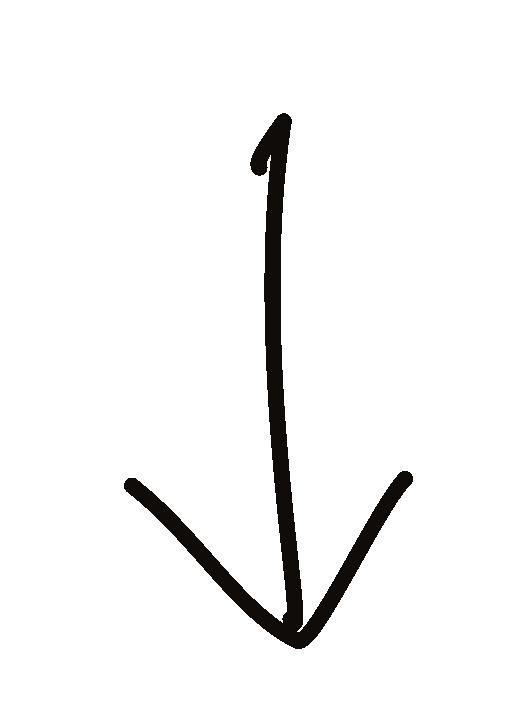
ECOSYSTEM analysis
Planning is a critical and recurring phase of the travel journey that requires a lot of effort…
PRE Travel
Post-Travel
During Travel
CompetitoR
products
Lonely Planet
products
We closely examined a backpacker's travel journey, dividing it into pre-travel, during-travel, and post-travel phases and analyzed all digital and analog tools used during these phases.
Backpackers often rely on multiple digital and analog recommendation systems for planning.
A lot of manual research is required to stay within budget.
Acquiring travel items can be costly, and there's currently no product to assist with this.
The 'planning' phase before and during the travel journey is crucial for packing appropriately. Reflection at the end of a trip involves unpacking, unloading, or giving away items no longer needed.
User research
We spoke to our target audience and asked them about their travel journey
We conducted two rounds of interviews. The first round aimed to understand general issues and pain points our Gen Z audience faces. From this first round, we identified the focus problem area we wanted to solve. We discovered that many backpackers had trouble figuring out what to pack for their trips, as information was often scattered, inconsistent, and outdated.
In the second round, we asked Gen Z backpackers more specific questions about packing, thrifting, and acquiring items for travel. Additionally, we realized that interviewing Hostel staff was essential, as they play a significant role in the backpackers journey. We set out to find how Hostels play into journey and our problem area.
What the backpackers said:
We realized that most hostels already have an analog exchange system in place. Most often, it is a designated space or bin in the common area where backpackers can drop off items they no longer need or pick up items they do.
Competitor analysis
There's no dedicated marketplace for travel items that fit Gen Z budget needs..
We researched our key competitors in the market to understand the products and features already available and how they function. We specifically looked at marketplaces aimed at travel items for purchase, trade, or rent.
Competitor marketplaces often focus on social media and community support to promote thrifting.
Many competitors emphasize sustainability and promote recycling. They address the reuse of items, but there is no easy way to do this while traveling.
No competitor is directly addressing Gen Z's budget needs and facilitating procurement of travel-specific items on the move.
User personas | Bacpackers
The three backpacker personas through the lens of how they pack for their trips
Primary persona
Underpacked Uma
"I like to travel super light and I end up not bringing things I need. I don’t spend too much time planning because I’ll figure it out along the way."
Pain points
Workarounds
Deciding what to pack and what to leave behind
Drop or exchanging items she doesn’t need for things she needs
Keeping her luggage as light as possible
Packing essentials as per weather
Is often missing items she needs for specific activities/events
Rents or buys when she needs them
Wants to be flexible to new experiences and change of plans
Maintains a light backpack that’s can be packed quickly and easy to carry
Perfectly packed Patty
"I have all I need for my trip. I remembered a few things from TikTok and I also asked my friends to double check that I have everything. Any items I forgot aren’t that essential."
Pain points
Workarounds
Wants to do many activities but doesn’t have the required equipment
Rents, borrows, thrifts when she needs it
Packing research is overwhelming and stressful
Asks friends and other travelers for suggestions
Often finds conflicting information online
Relies on her research and judgement
At the end of the trip, doesn't want to carry things she doesn’t need anymore
Drops or gives away items before going home
Overpacked Oliver
"I’m worried that I’d need something on my trip and look in my backpack to find that I don’t have it. So I pack just in case I may need something."
Pain points
Workarounds
Dislikes change of plans
Does detailed research and plans months in advance
Overpacked and has no space for new items
Uses compressor and packing cubes to make things fit
Concerned about potential emergency situations
Brings unnecessary items just in case
Has difficulty prioritizing and deciding what they really need
Always gives away items during the trip to friends or other travellers
User personas | hostels
Two hostel personas through the lens of how they manage their storage
Primary persona
"We’re usually tightly booked during winter, which is great because we get extra commissions. We like to think that we’re the backpackers’ friends so I don’t mind checking storage when they make a request.."
Pain points
Workarounds
They're not sure when or if backpackers come back for items left behind
Stores items for up to 2 years and discards after
Doesn’t have the time or policy to manage the items left behind
Provides specific items for rent on request.
Overbooked all year round
Have a bigger storage to accommodate more items left by many backpackers
They have too many items in storage
Discards without bothering with organization or donation
"We’re overbooked all year round so we don’t have time to find items from our storage that new backpackers may need. We’re always checking for cancellations so we can reassign rooms immediately.”
Pain points
Workarounds
They're not sure when or if backpackers come back for items left behind
Stores items for up to 2 years and discards after
Doesn’t have the time or policy to manage the items left behind
Provides specific items for rent on request.
Overbooked all year round
Have a bigger storage to accommodate more items left by many backpackers
They have too many items in storage
Discards without bothering with organization or donation
We found the solution!

User Journey
How might we help our primary personas, Uma, get a pair of boots from Sammy's hostel?
Collects items
A backpacker leaves behind a pair of hiking boots at Sammy's hostel. Sammy collects the item left behind.
Logs in his app
Sammy logs into his Pack'n'Drop hostel marketplace application.
Lists boots as new item
He begins a new item listing and adds the relevant name, tags and an image for the shoes.
Successfully listed on marketplace!
He lists the item. It's now available to be reserved and picked up if anyone needs it.
Uma needs hiking shoes
She is currently backpacking and looking for a pair of hiking boots to go on a hike.
Browses nearby marketplace
She logs into the Pack'n'Drop app and starts browsing. The app shows her items in hostels nearest to her based on her current location.
Finds hiking boots nearby
She sees a pair of boots listed nearby. She checks the specification and the pickup location to see if it fits her needs.
Reserves hiking boots
She reserve the boots and gets a unique QR code for the reservation. She has to go pick it up within the next 2 hours of reservation.
Success!
Even though Uma had underpacked, she was able to find a pair of shoes and go on her hike!
How it works
Digitizing a pre-existing analog process with the help of partner hostels
Site map
The backpacker application's key focus are the marketplace and item reservation pages
Site map
The hostel application's key focus is the marketplace screens
Feature matrix
Identifying features that makes Pack'n'Drop unique
High priority, must have:
Manually set marketplace location
Map widget indicating user and hostel’s location
See item proximity
Item reservation ensures item is no longer available on the marketplace
Time-locked booking-
Reservation valid for 2 hoursItem reservation notification on Hostel App
Filters items- by distance, specific hostel, item category
Scan QR to validate pickup
High priority, nice to have:
Sort items by hostel or object type
Invite other Hostel Operators in the app
Request an item feature- If you don’t find an item on marketplace, you can send a request in case someone is willing to drop off.
Find hostel with booking platform link (such as www.hostelworld.com)
See items requested by others
Low priority:
Suggestive tags for quick item description for Hostel app
AI image and text assistance for item description for hostel app
Share item link
Managing different Hostels with a single account
Suggest local rental or thrift stores
Thank hostel/give kudos upon pickup
See popular items on the marketplace
Marketplace toggle between hostel view and item view
Gamification: you saved XYZ by picking up etc.
Navigation: Swipe through items hostel by hostel

